This is the last post on Istanbul. As I mentioned there are many things to see and do in Istanbul. The post will wrap-up our stay with a patchwork of topics and pictures and I am still leaving things out.
The Grand Bazaar is one of the largest and oldest covered markets in the world, it has over 4000 shops and it attracts up to 400,000 visitors daily. You can buy anything here. While we were in Istanbul the bazaar was closed because of the Muslim holiday, it reopened the day we were leaving, so we were able to spend an hour checking it out.
The other famous market is The Spice Bazaar near the Rustem Pasa Mosque. We did visit the market but is was very crowed because of the holiday. While walking through the small alleyways we happened to come across the Turkish coffee store of Kurukahveci Mehmet Efendi. They have been roasting coffee since 1871 and today is the largest and the oldest coffee company in Turkey. The coffee has a very unique taste and aroma, made from carefully selected Arabica coffee where an authentic recipe has been followed for generations. The raw coffee is roasted, ground and packed right in the shop. The rich aroma of the roasted coffee fills the alleyway around the shop, it smelled sooo good and I don’t even drink coffee. M.E. does, so we waited in the long line that actually moved very fast to buy a fresh packed can. Today the coffee can be bought in 25 countries around the world including the US.
Turkish Delight, is a very popular sweet candy in Turkey. It is said that a sultan ordered his confectioner to create a unique sweet to clam this quarreling harem. The chef blended together sugar syrup, various flavorings of rosewater, orange and lemon, chopped dates, dried fruit, pistachios, hazelnuts and walnuts that are bound together with mastic, a resin type gummy substance and gelatin. He came up with this jelly like sweet almost like marshmallows. They are then dusted with either icing sugar or dried coconut powder. The sultan was so delighted that it was served at daily feasts in the Ottoman court. We tried several of these candies, some were just jelly like cubes of rosewater with a sugar dusting while others were filled with nuts and dried fruit. To keep it fresh they are displayed in a log form and them cut to order and packaged in small cubes. It is made fresh and has to be eaten right away.
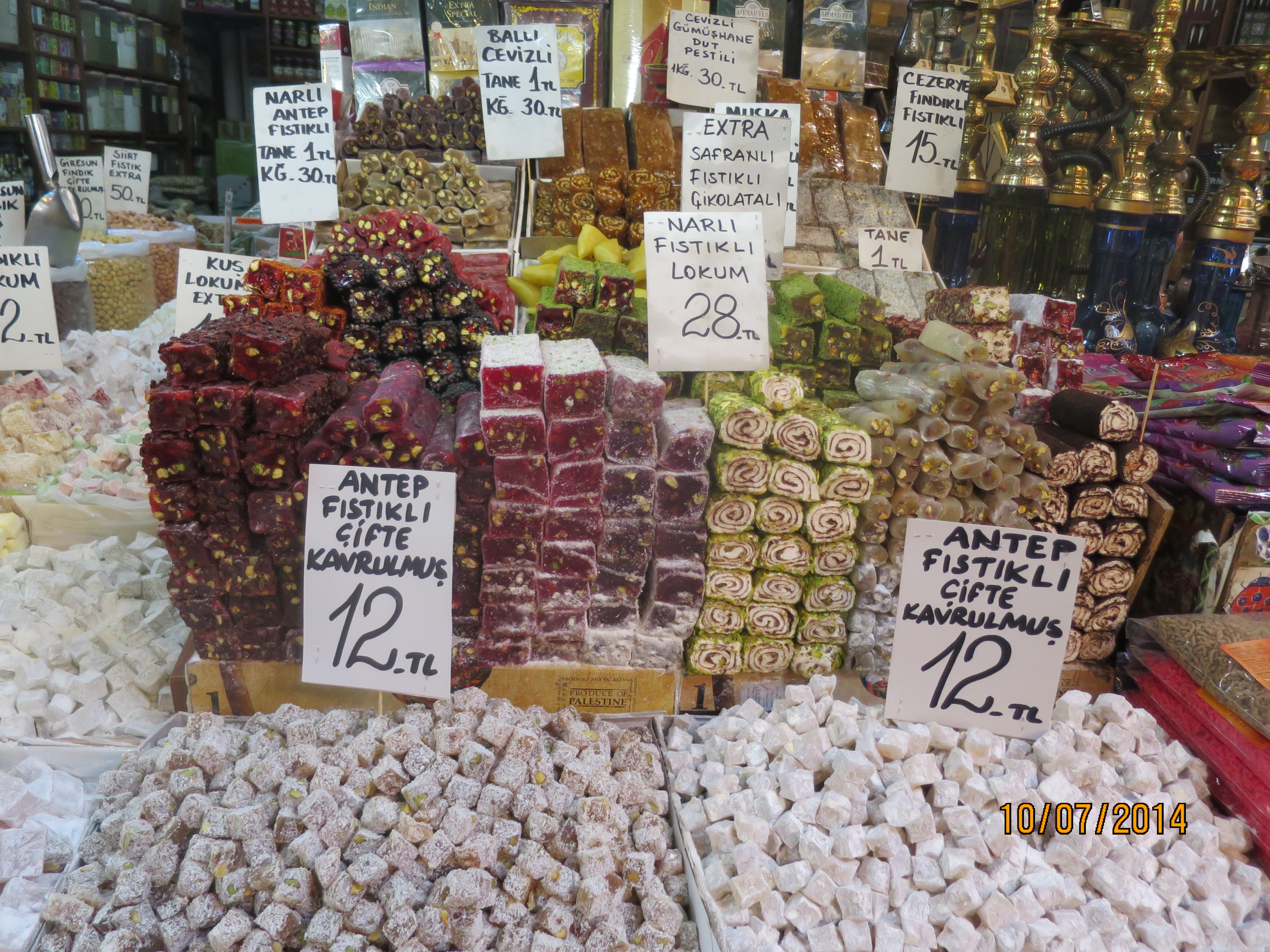
Turkish Delight at the Spice Market, the white cubes are sweet jelly like flavors dusted in sugar or coconut powder
On the street above our hotel was a market area and a large patio restaurant covered with awnings. Every evening a small group of musicians would perform traditional Turkish music on the stage in the patio. Later in the evening a Whirling Dervish in a long white dress would come out and dance to the music whirling around and around and around, he would spin for a very long time. At first I became dizzy watching him, it then became very mesmerizing. Many years ago this whirling dance was performed as a religious ceremony by the Mevlevi Order in monasteries around Turkey. Many years later the Ottoman sultans became enamored by the whirling dervishes. Between the 14th and 20th century the dancers heavily influenced all aspects of the Ottoman culture in the arts, poetry and music. Today the Whirling Dervishes performances include 12 musicians using traditional Turkish instruments and 12 dancers.
Pomegranates were at the height of their season when we were in Istanbul. In the parks and open squares all around the city, men with carts piled high with pomegranates and oranges were selling fresh pressed juice. M.E. and I stopped several times a day to get our fix of this wonderful, healthy, colorful fruit.
When we arrived in KSA one of the items folks talked about as a souvenir from this region was oriental rugs. Just north of us are many of the counties that produce some of the finest of these rugs. In every big city you visit you will find many shops selling regional rugs and Istanbul was no different. Turkish rugs are among the most well known around the world for being hand crafted works of art. M.E. and I went into 3 different stores. We had agreed that we were not going to buy a rug, we were really interested in learning more about Turkish rugs. The routine was that a man standing in front of his shop would coerce you into the shop, take you into a room with stacks and stacks of rugs and offer you a glass of Turkish apple tea. For me the best part was the apple tea. Each would lay 5 to 7 rugs on the floor and proceed to tell you about the quality, region where they were made, patterns, age etc. They then asked what rugs interested you, ten more rugs would be thrown on the floor as possibilities. Size, colors, patterns where honed in on and another 10 were thrown on top. Price range was determined and again another 10 landed on top of them. After about an hour there could have been between 40 to 60 rugs covering the floor. Overall it was an interesting exercise and we learned a lot about Turkish rugs in particular. We now think rug shopping is one of the must do things to do while in Istanbul.
Iznik is a town 90km southeast of Istanbul. There tiles and pottery became popularized by the Ottoman rules when they used them in many rooms while building there palaces. The town flourished and soon the ceramics became a luxury art form. The tiles have a strong, clean white base, and it is layered with quartz and quartzite and then glazed, this gives it a beautiful look that last for a very long time.
Next up, more on Turkey.

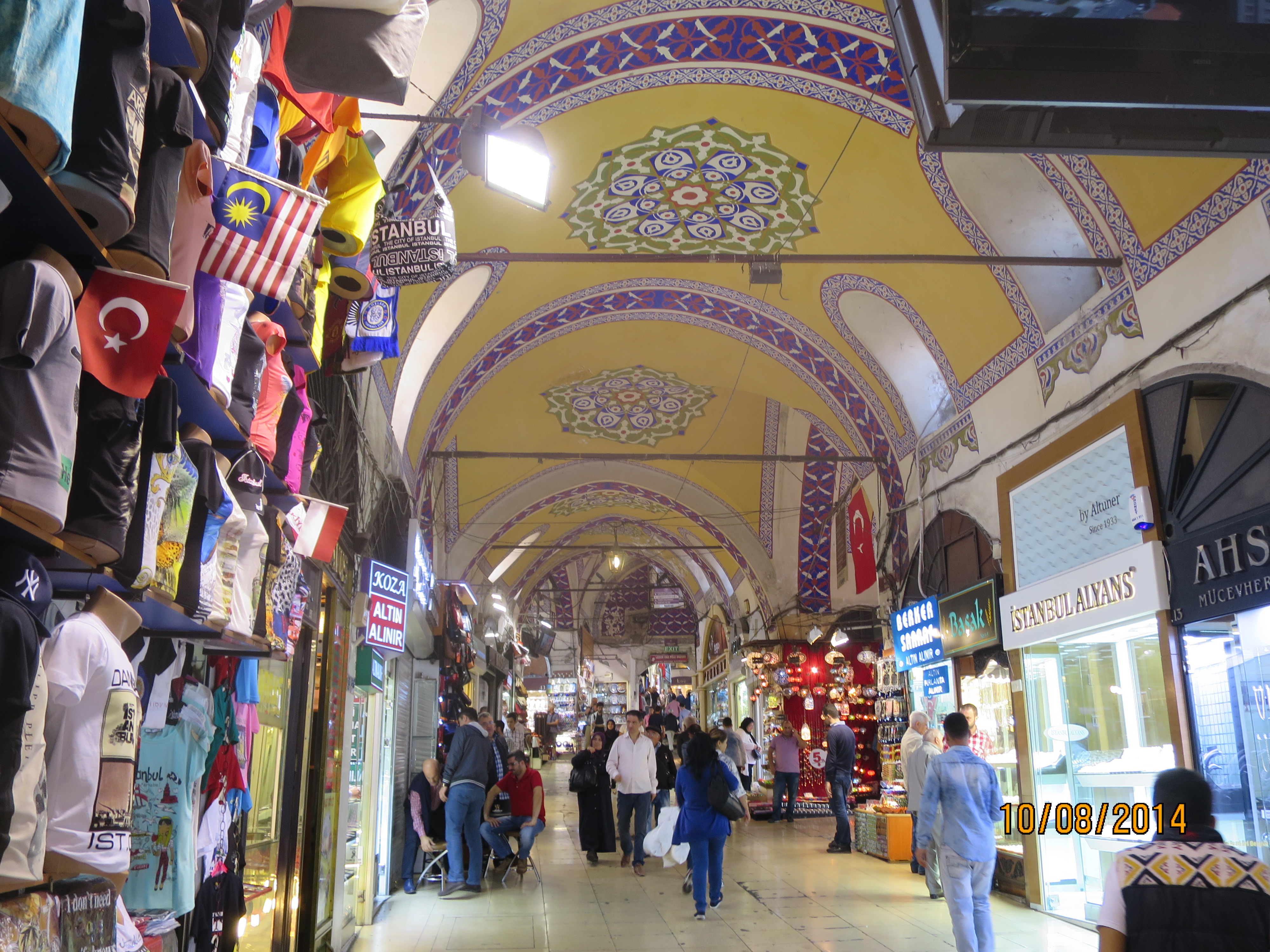
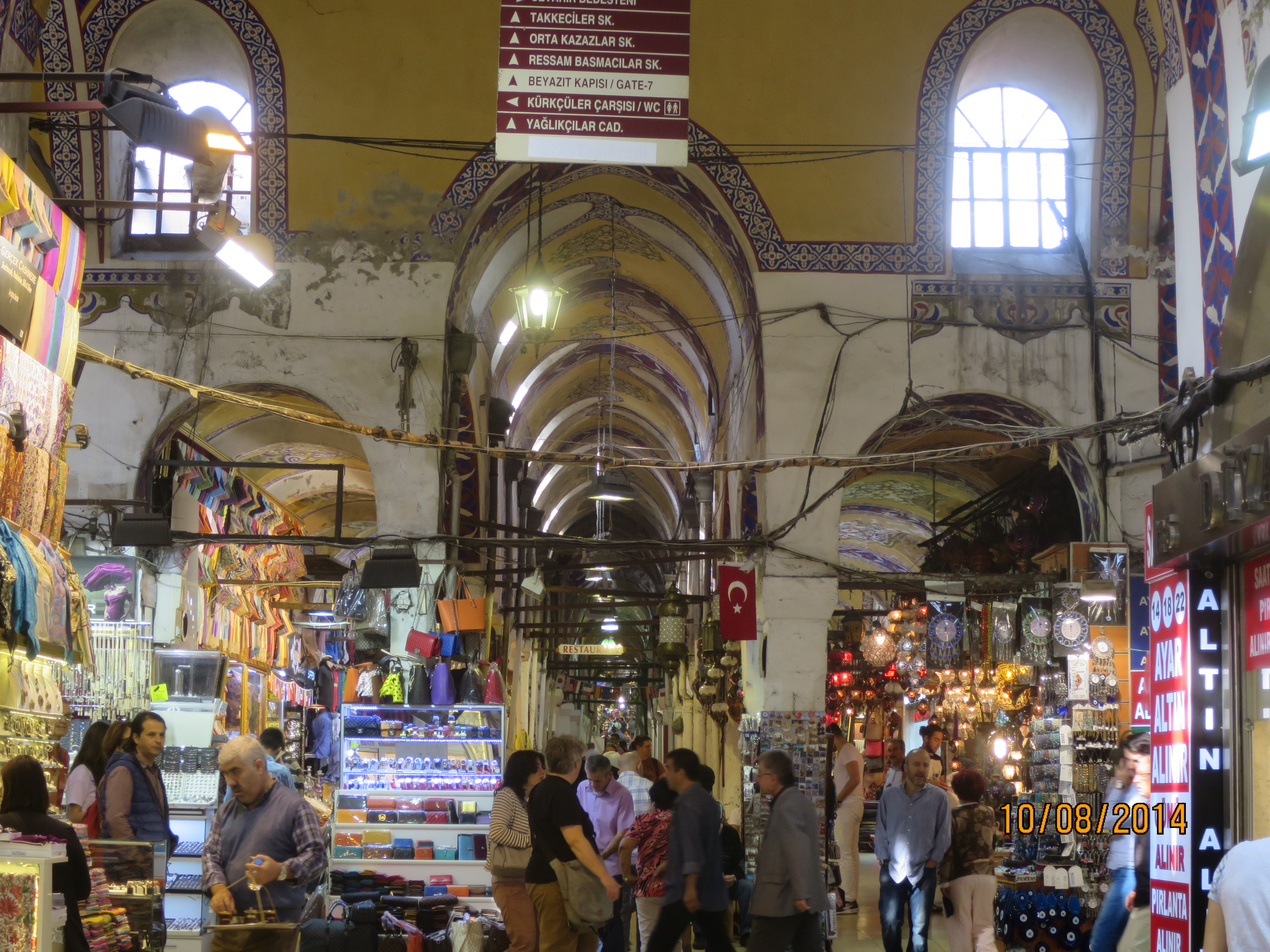
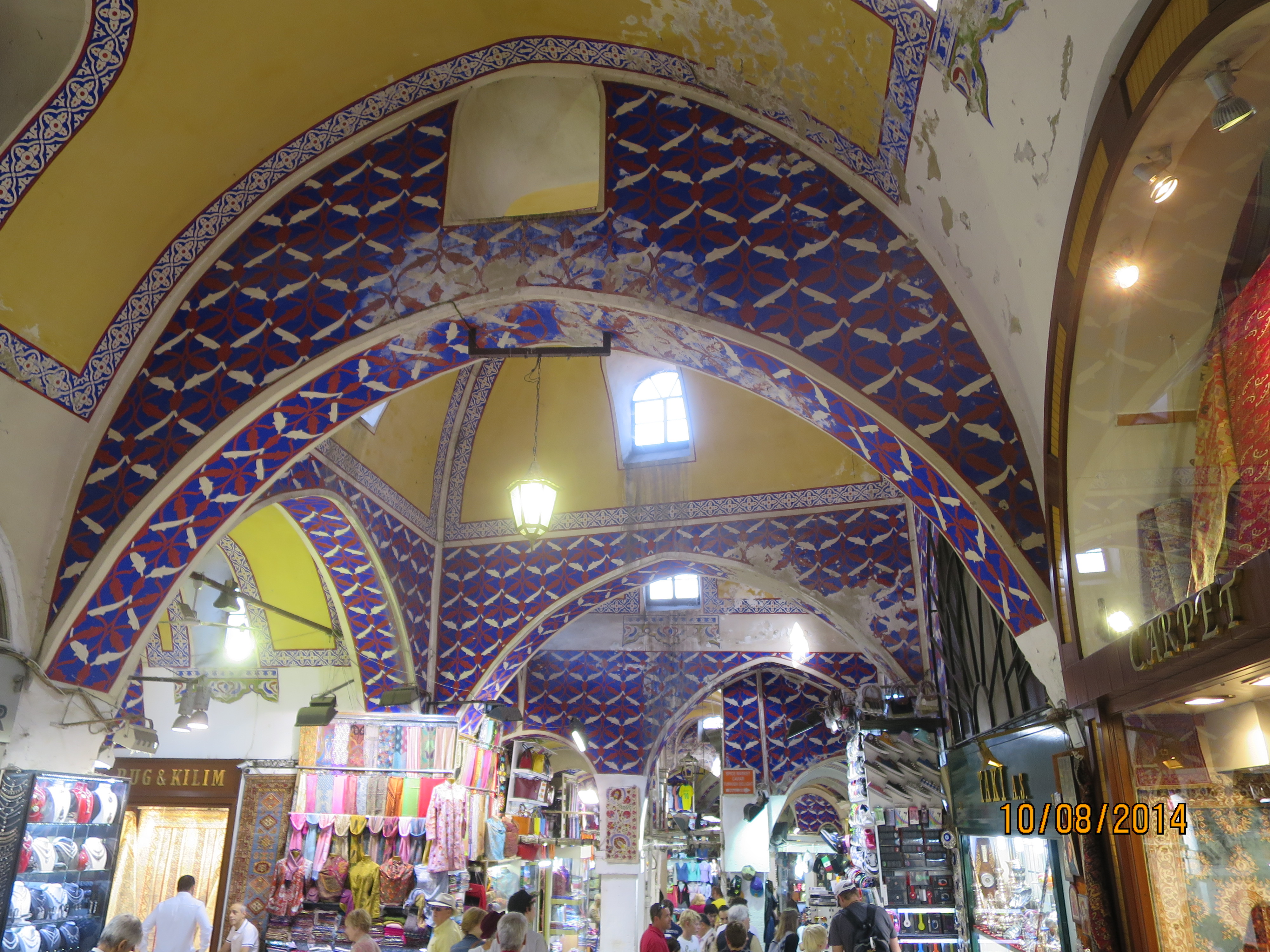
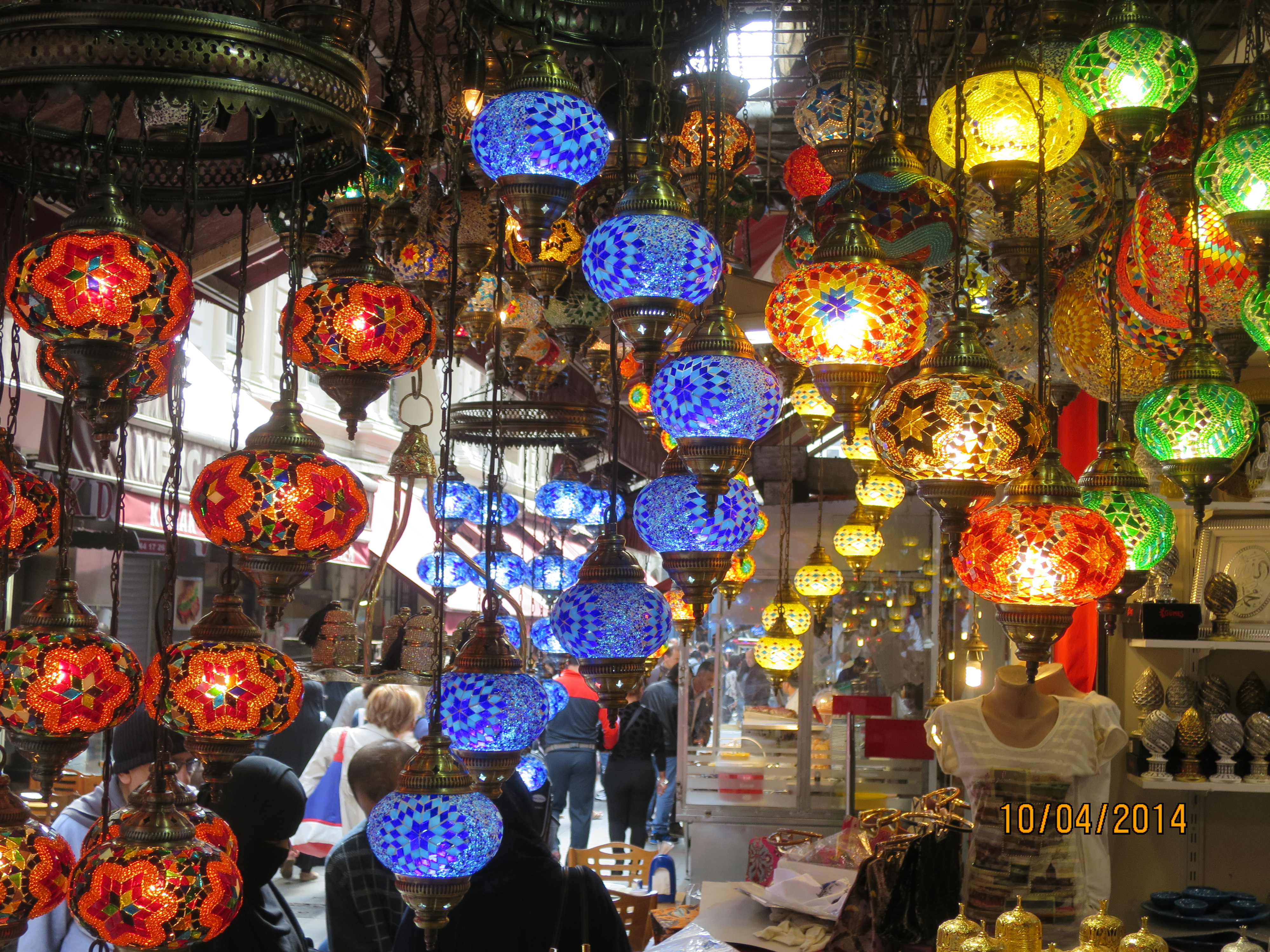
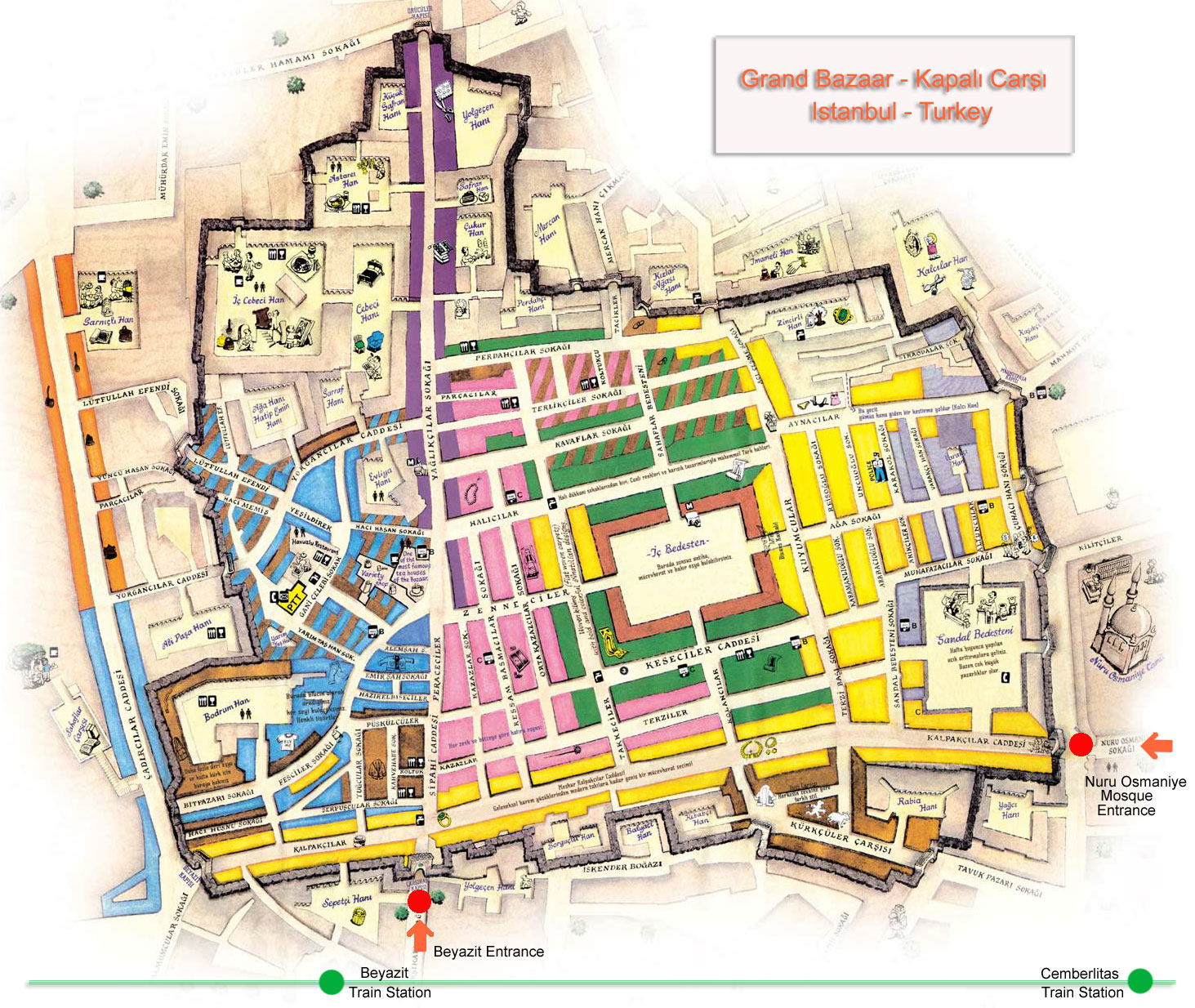
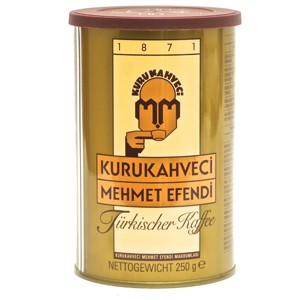
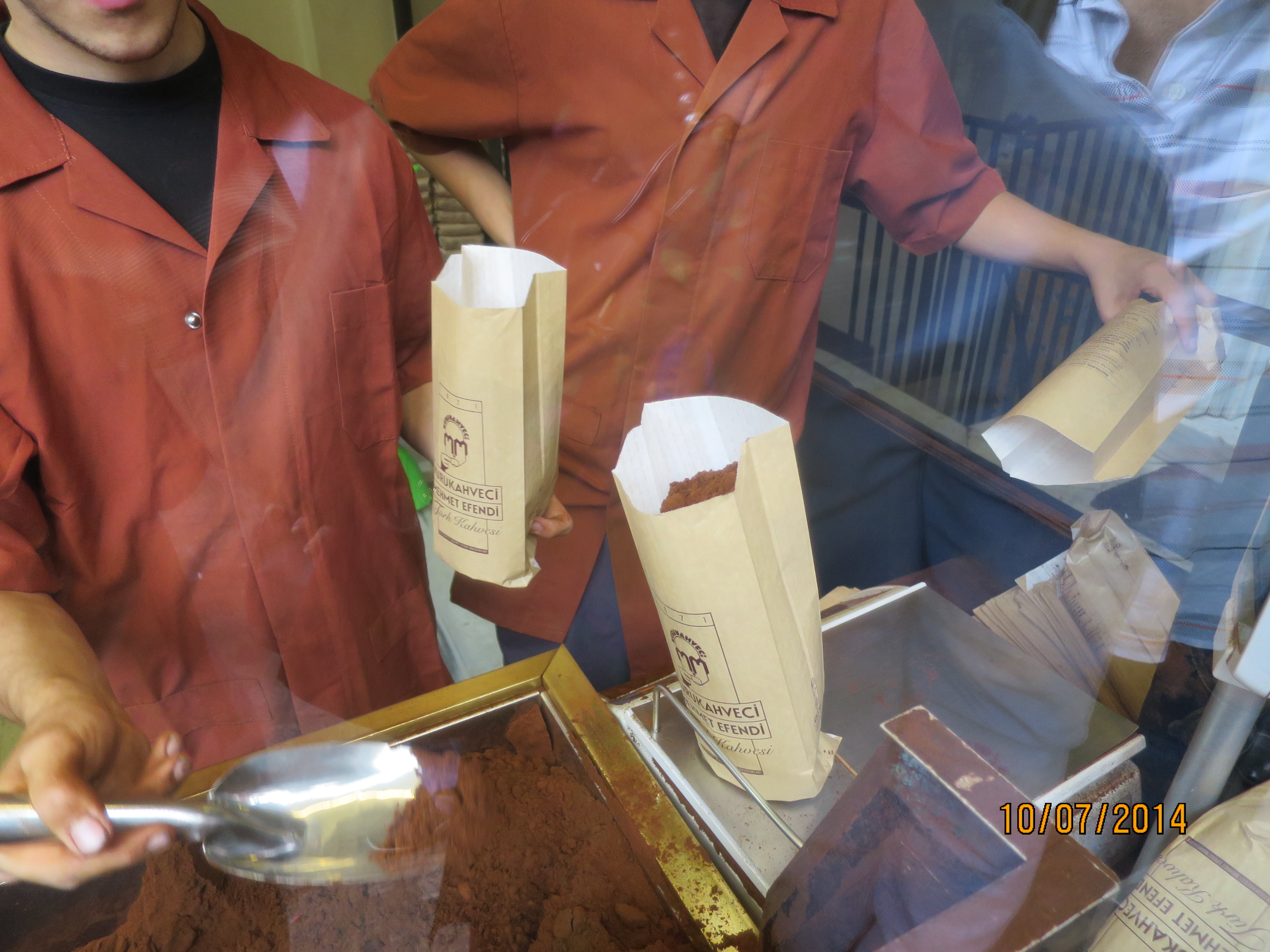
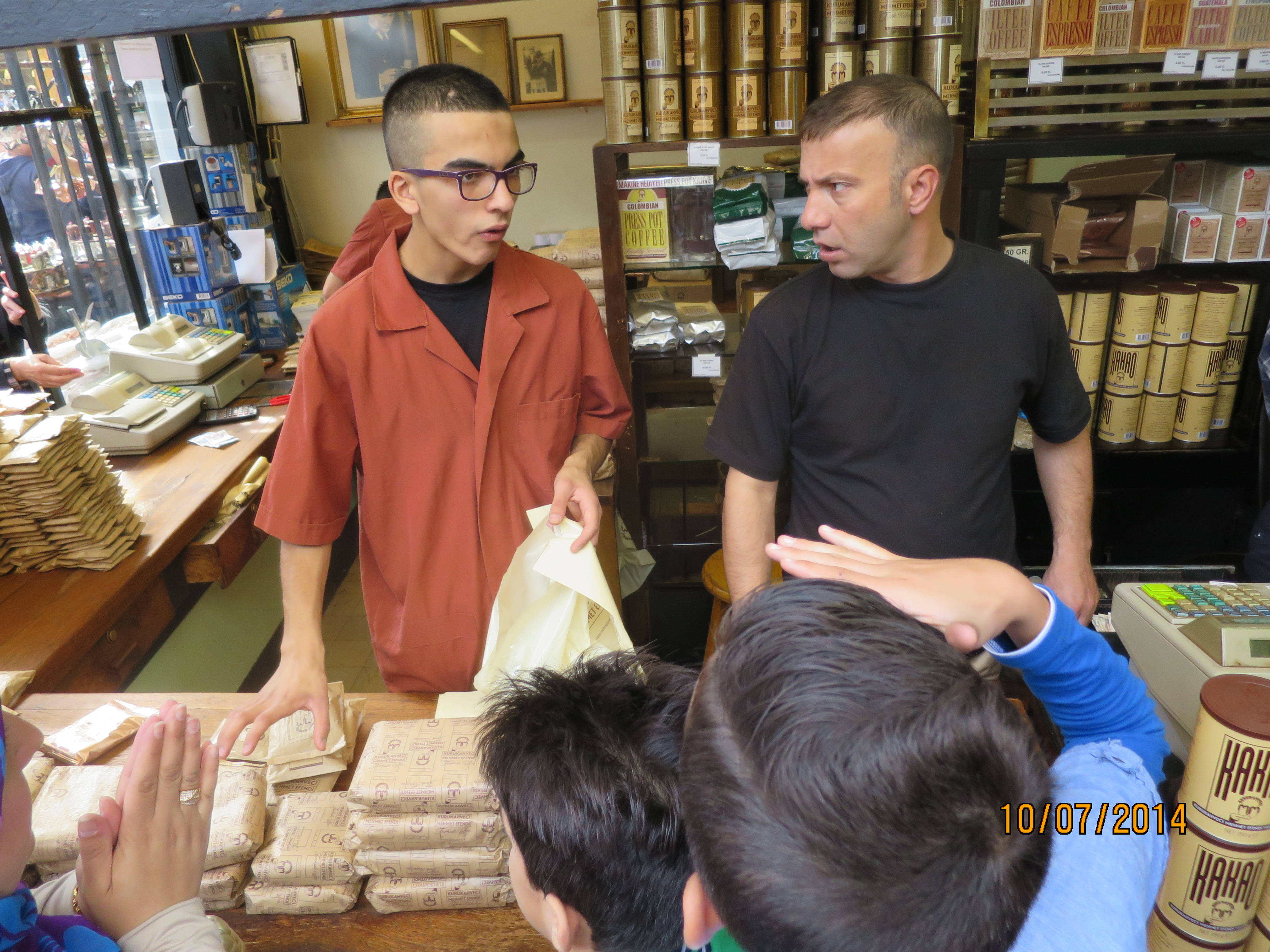
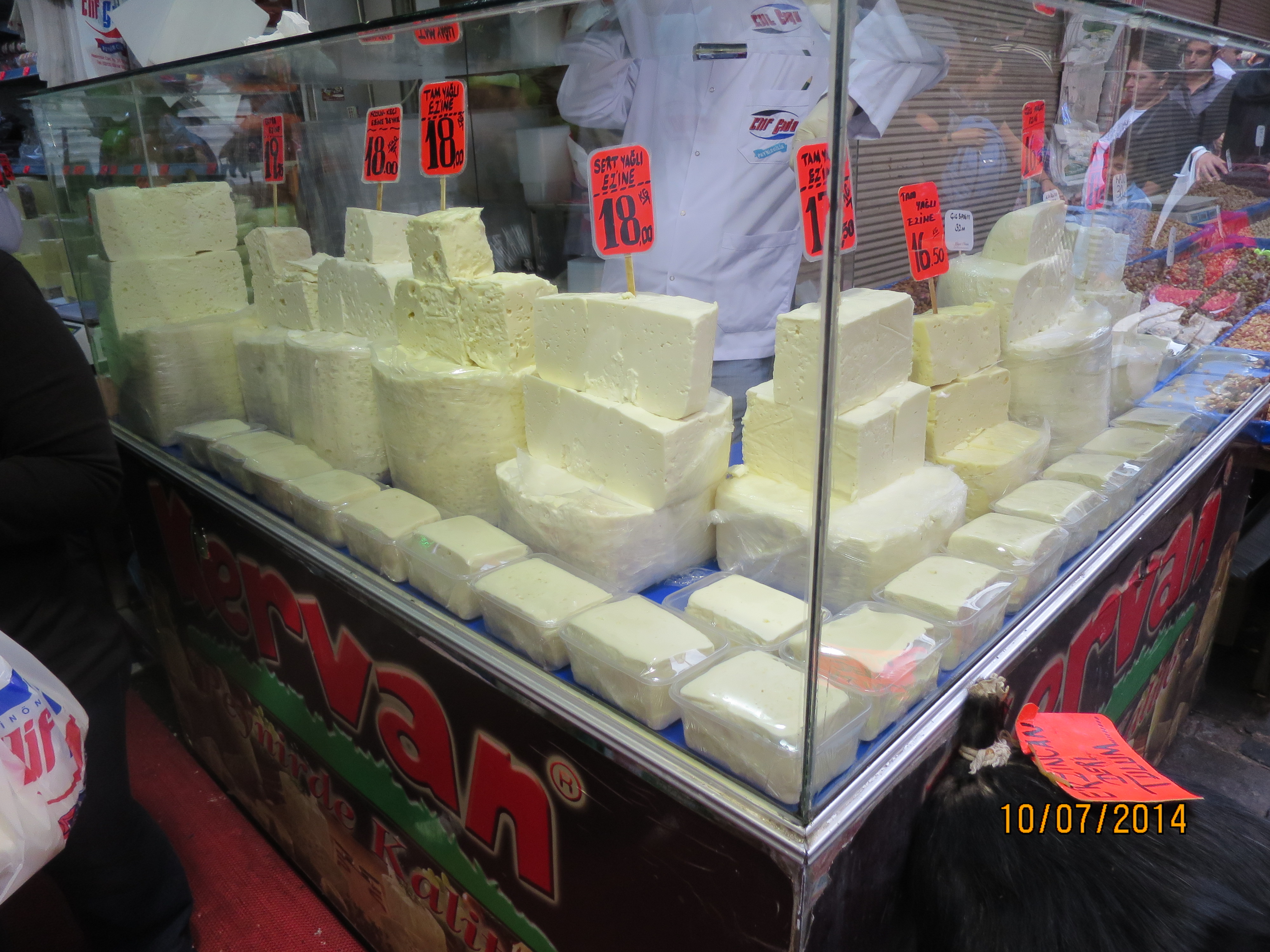
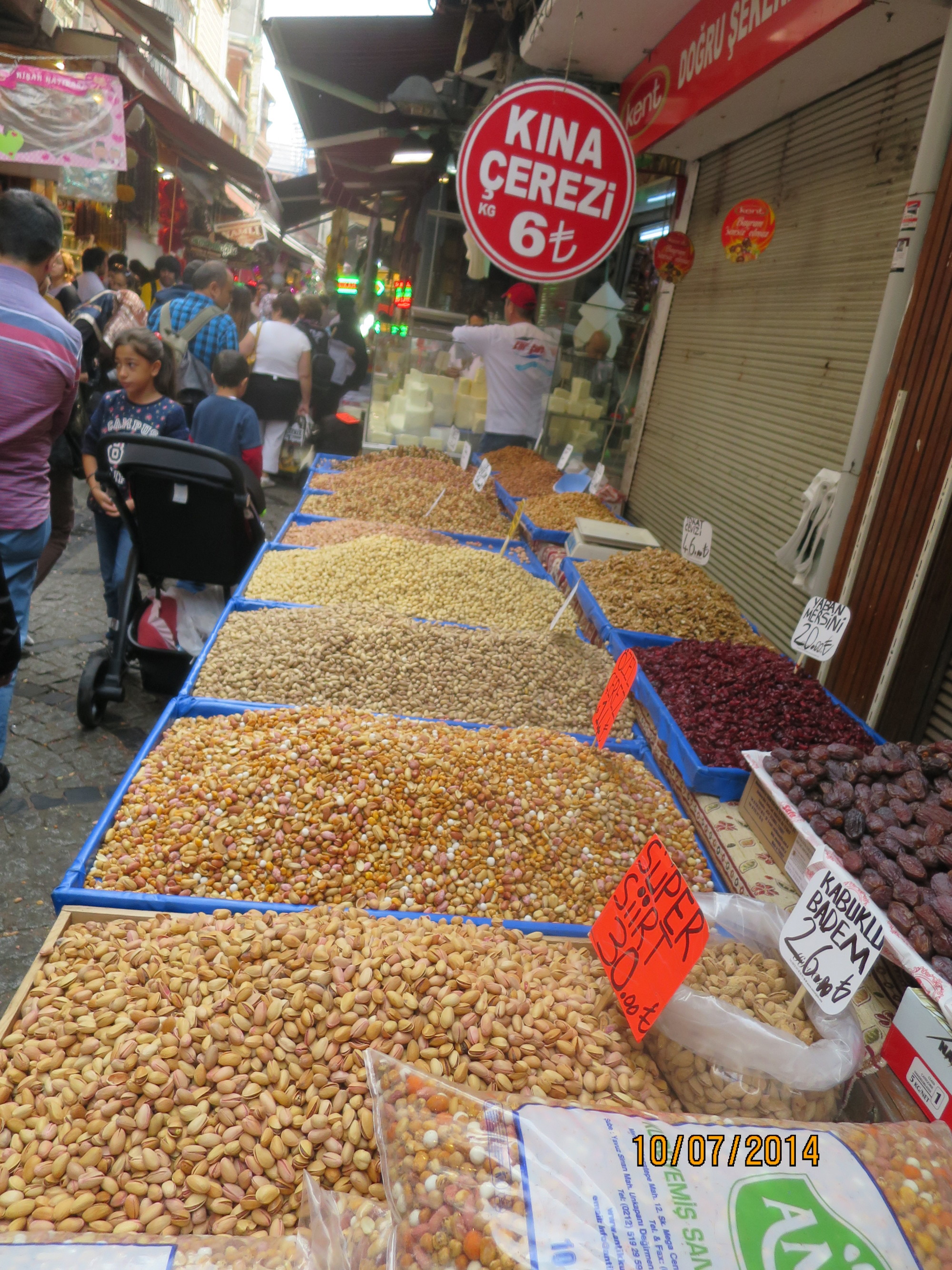
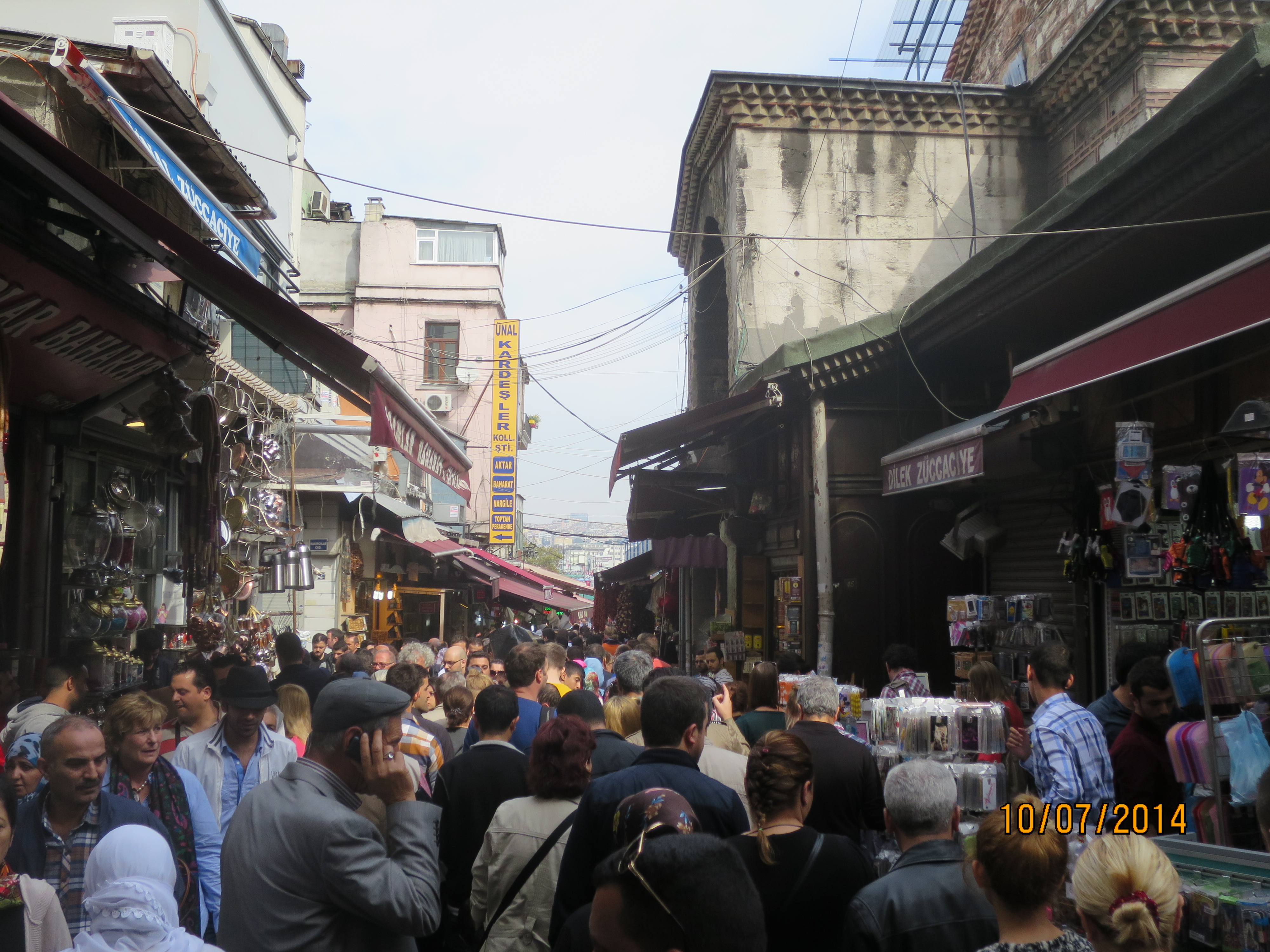
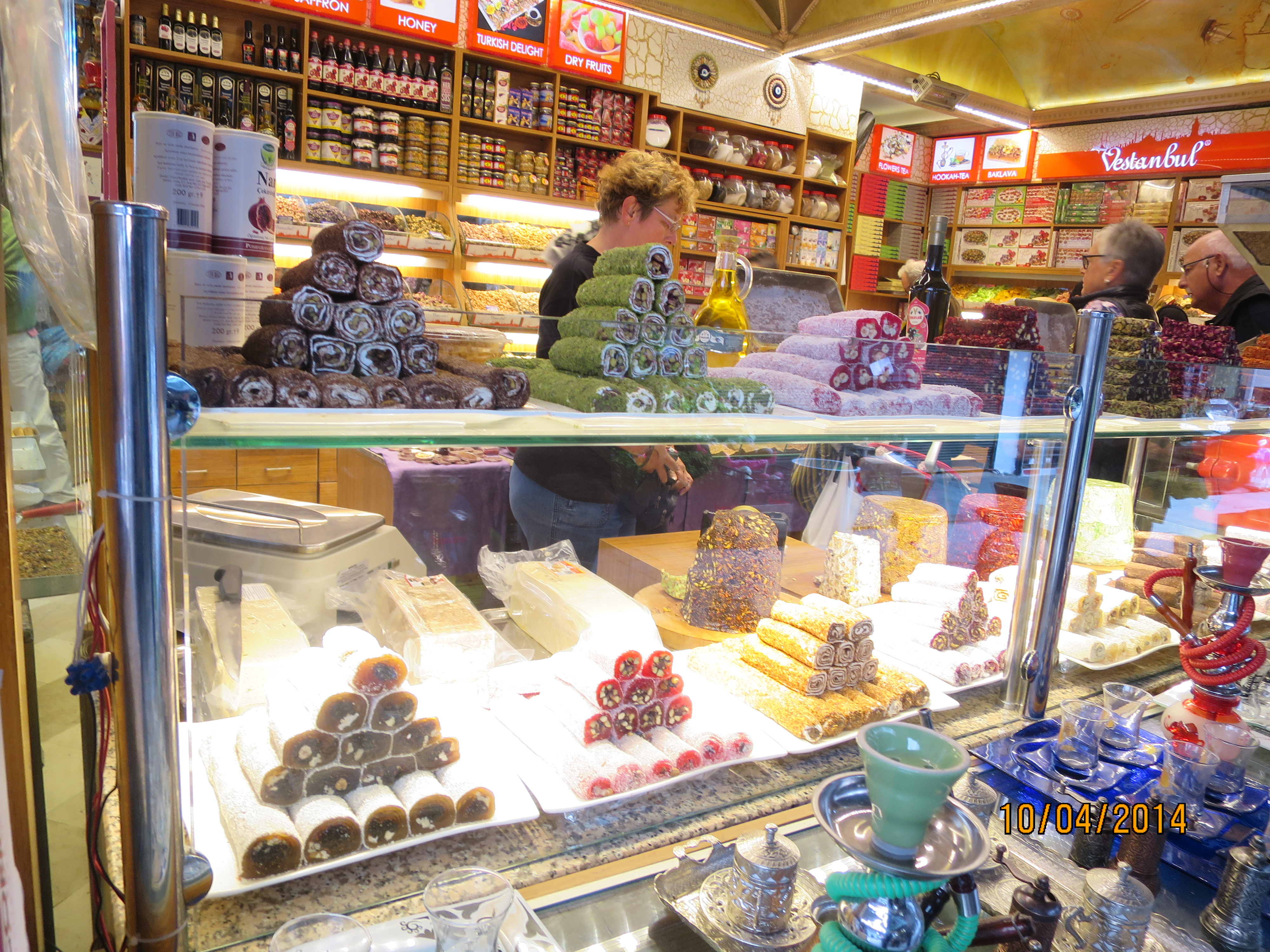
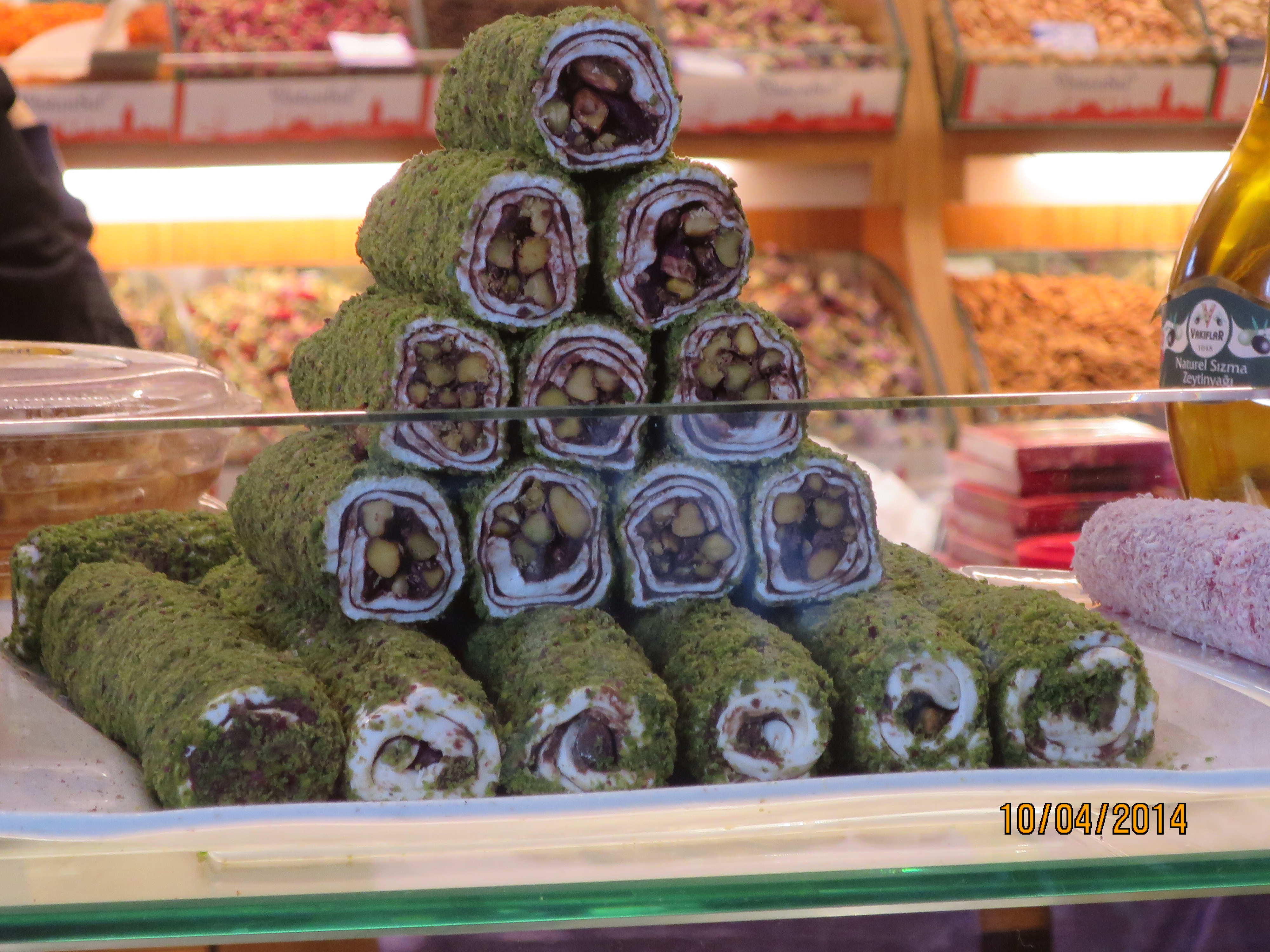
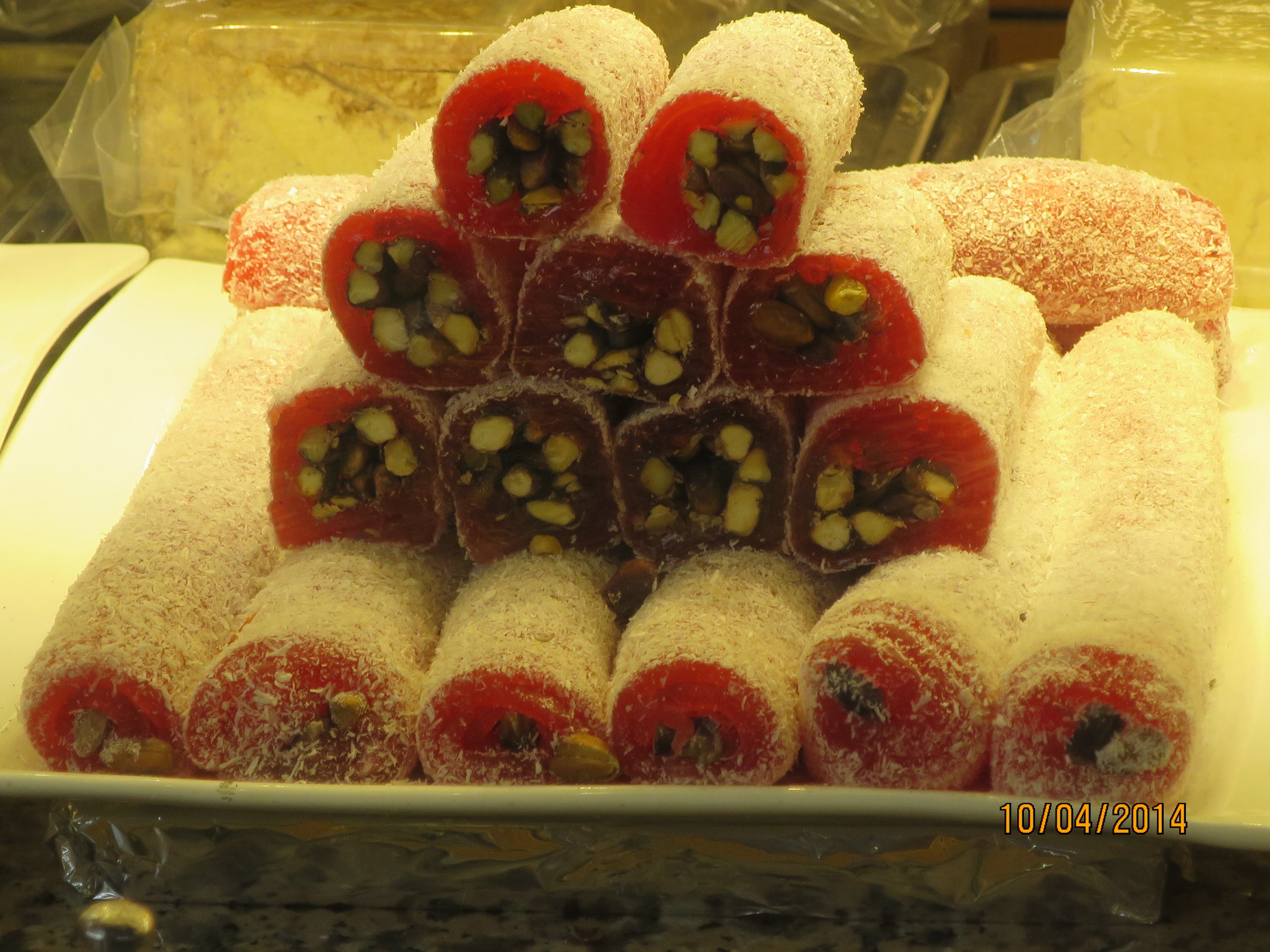
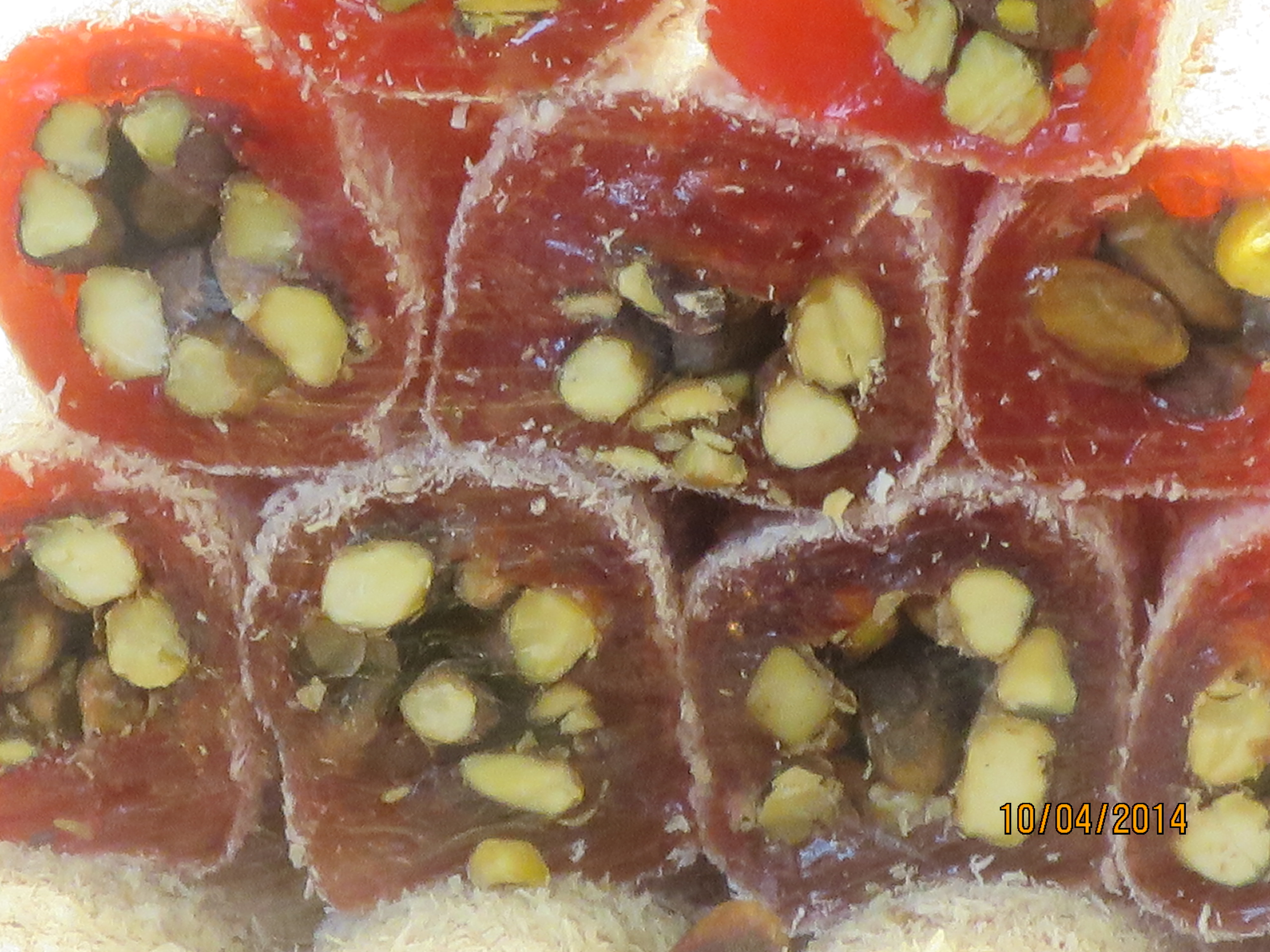
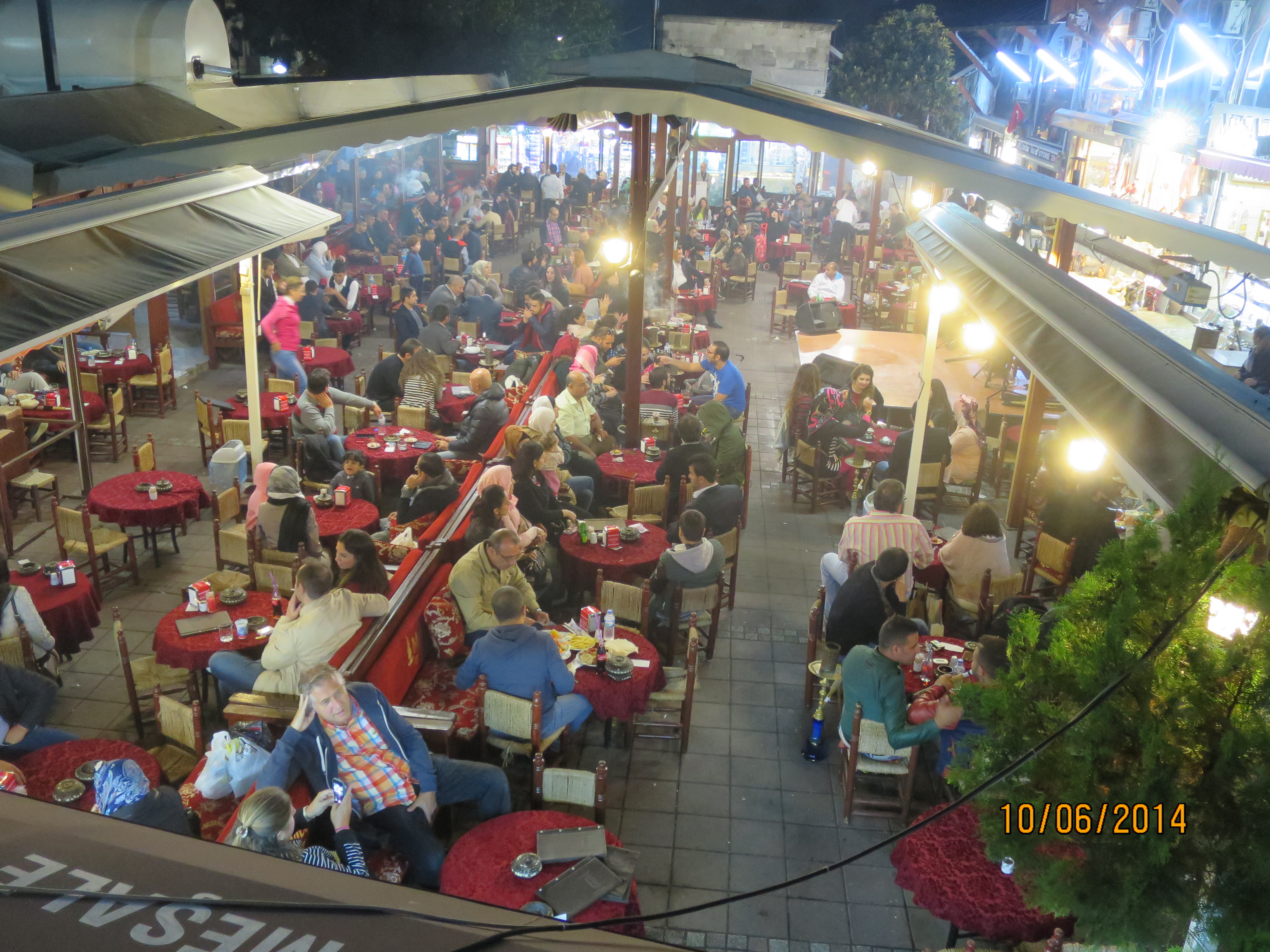
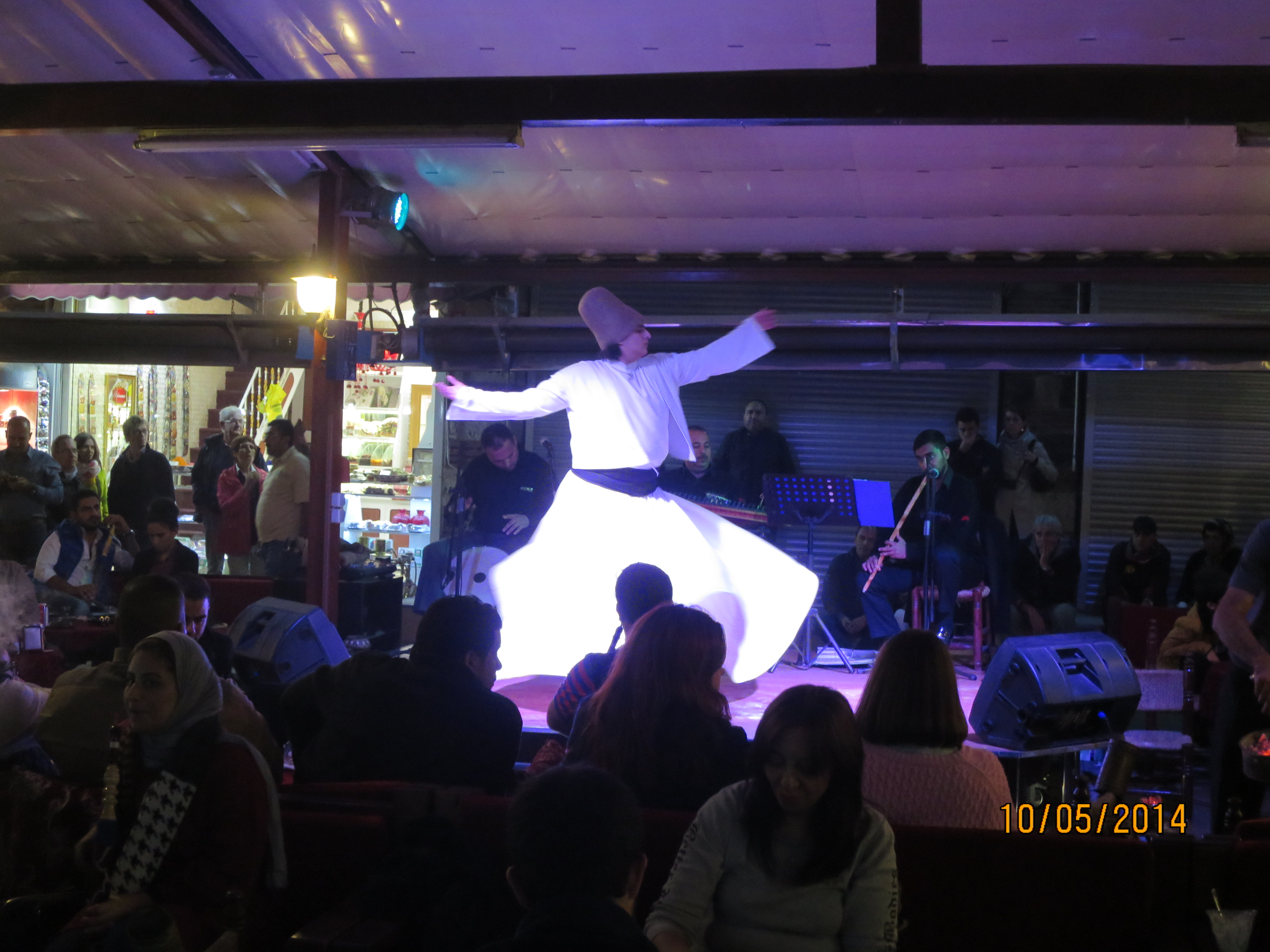
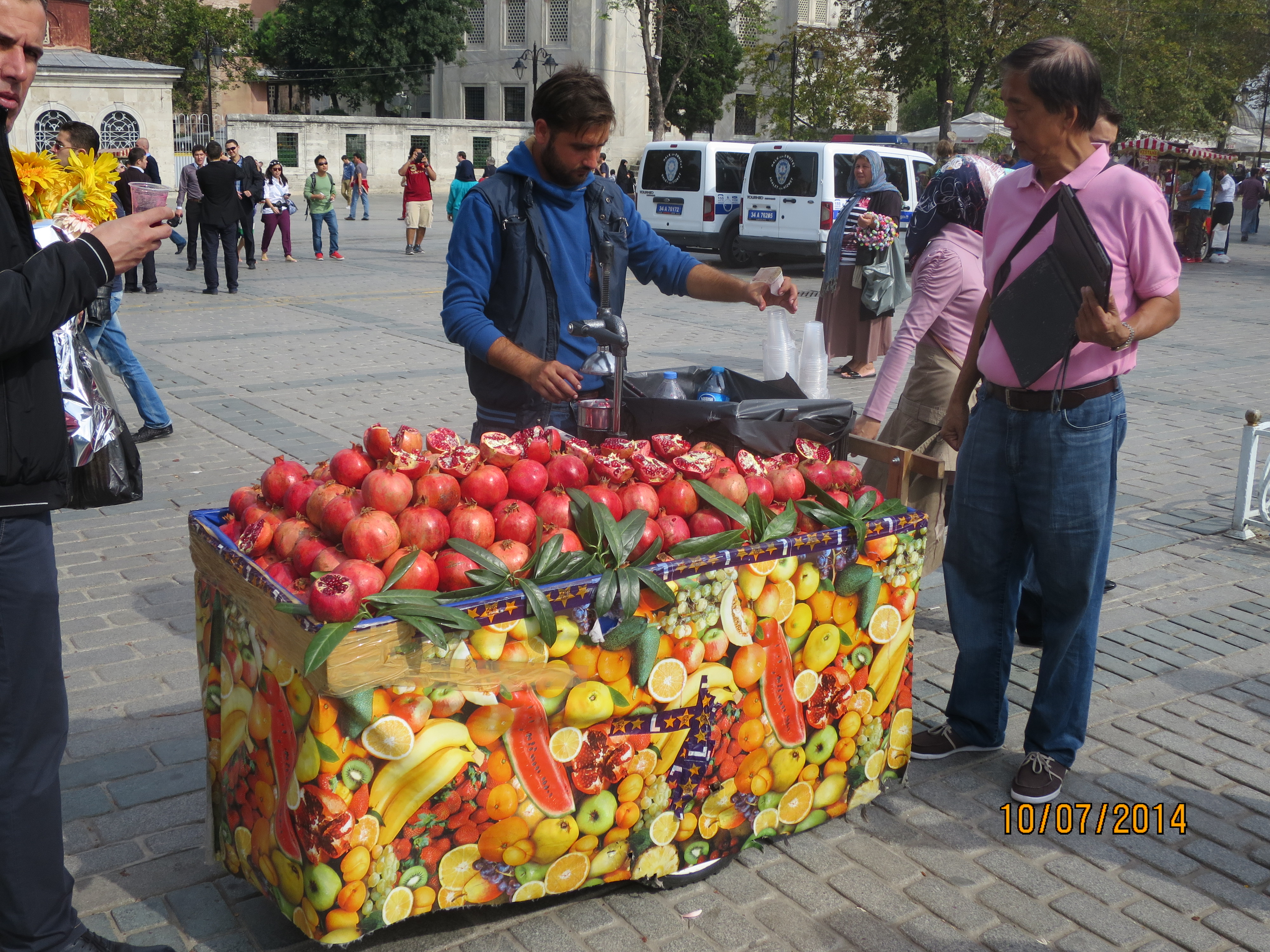
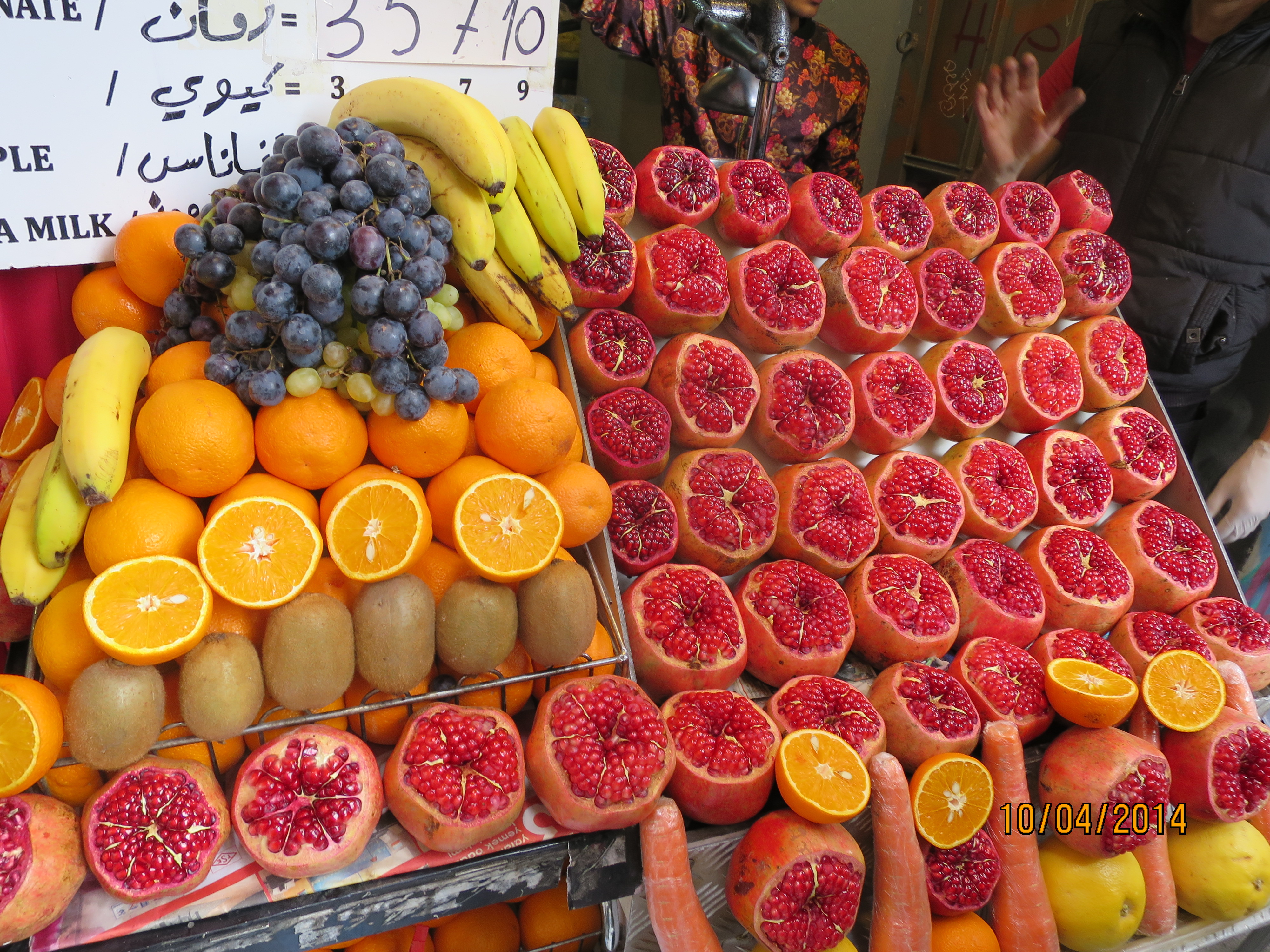
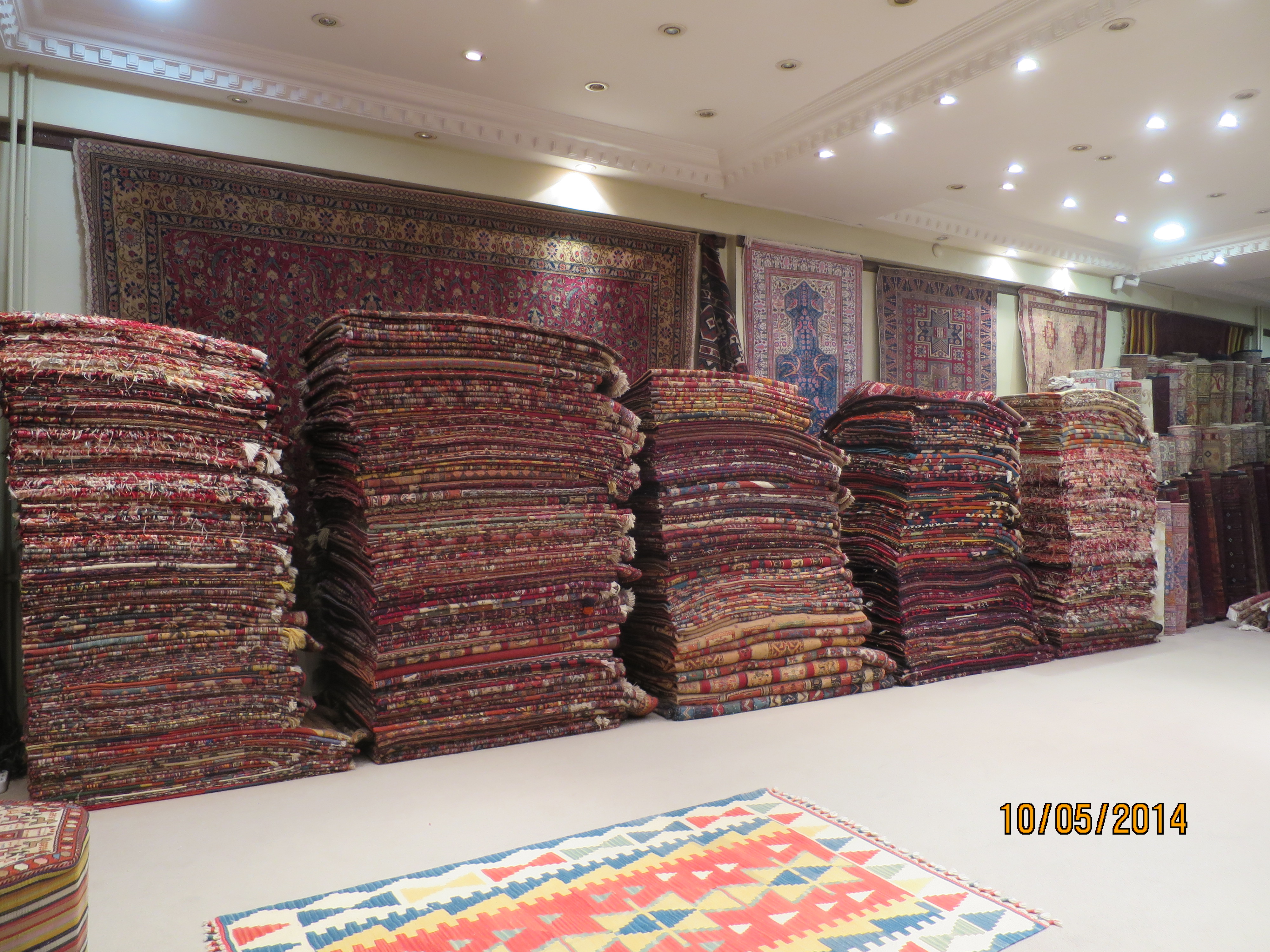
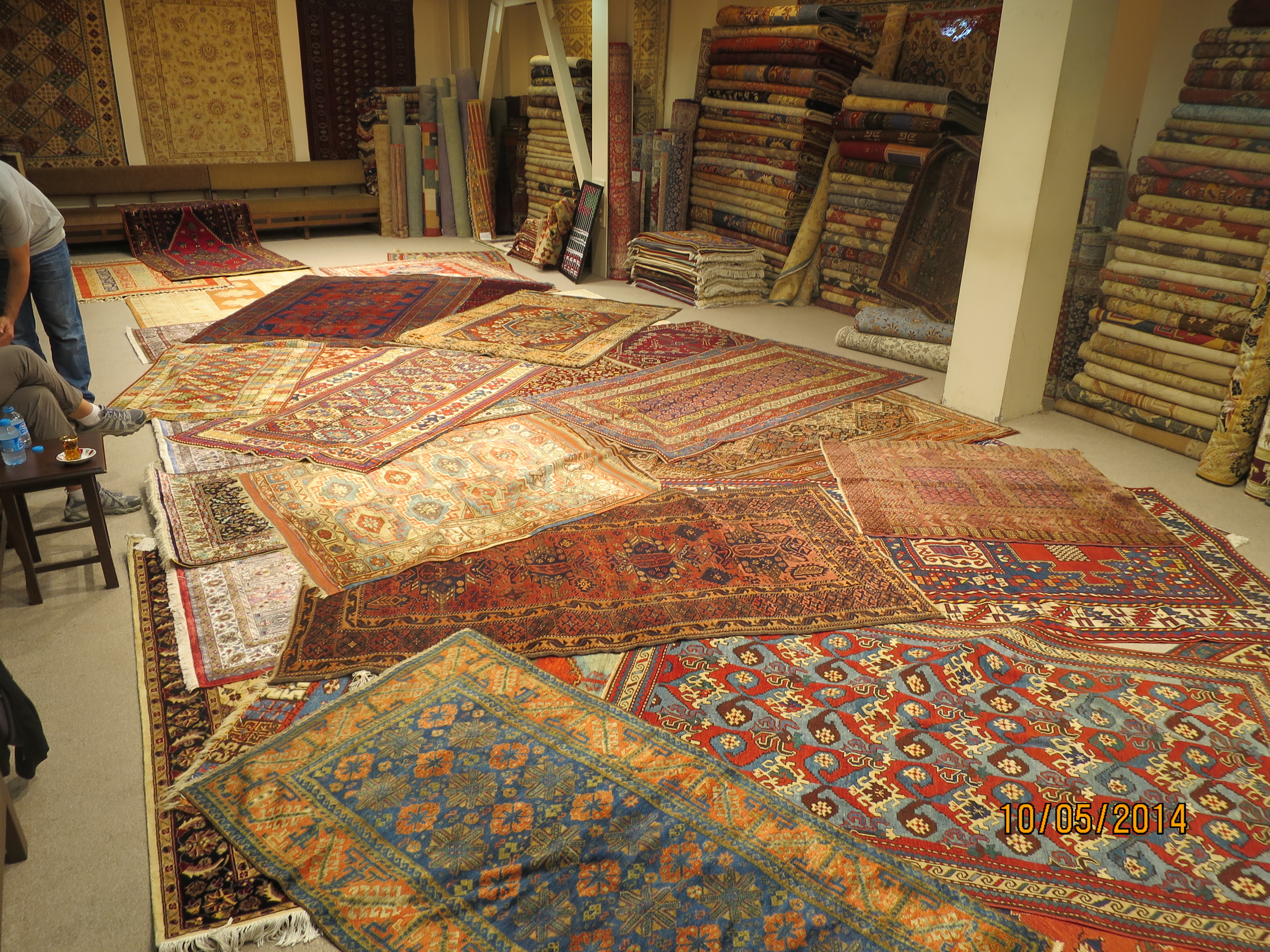
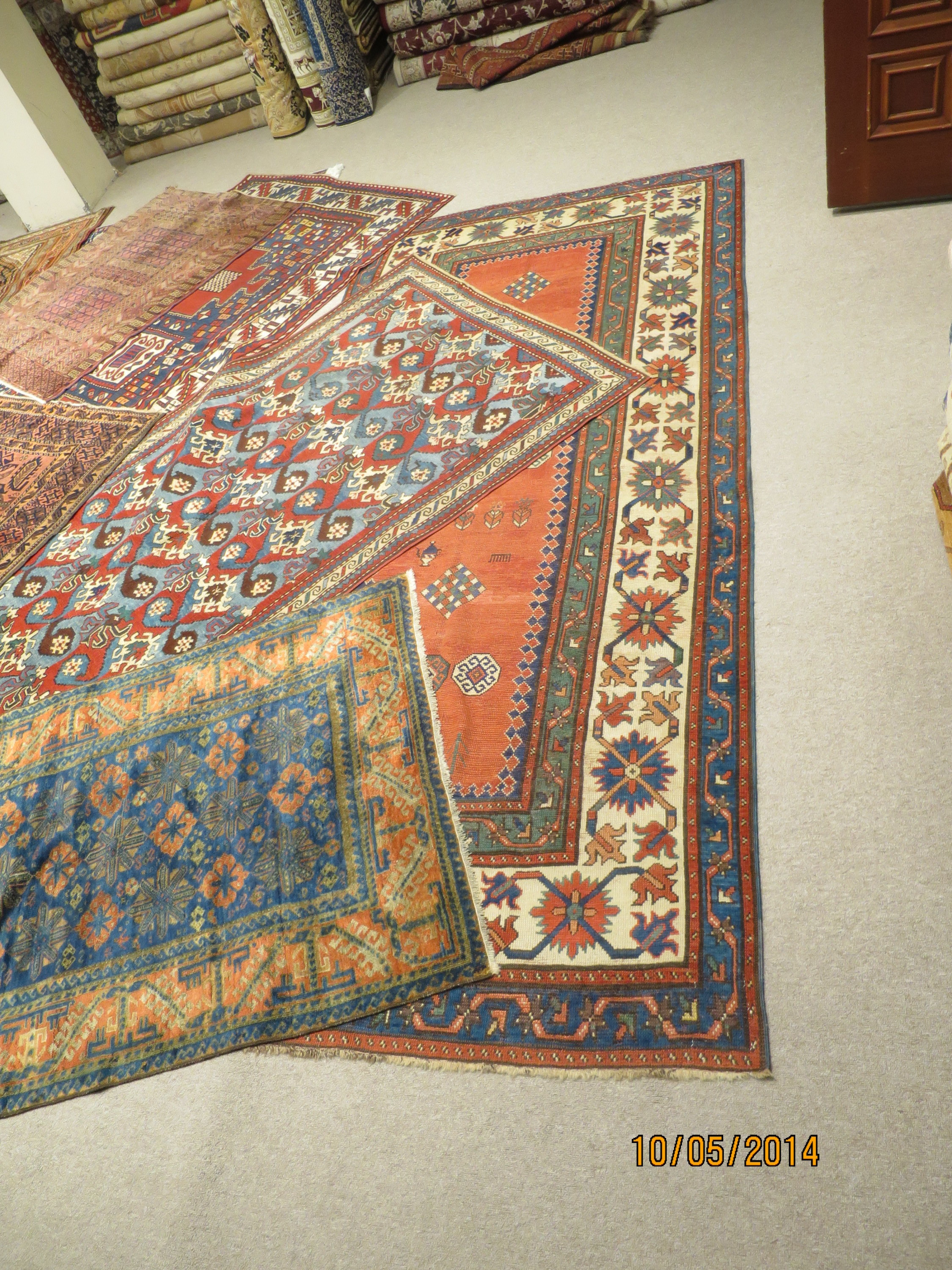
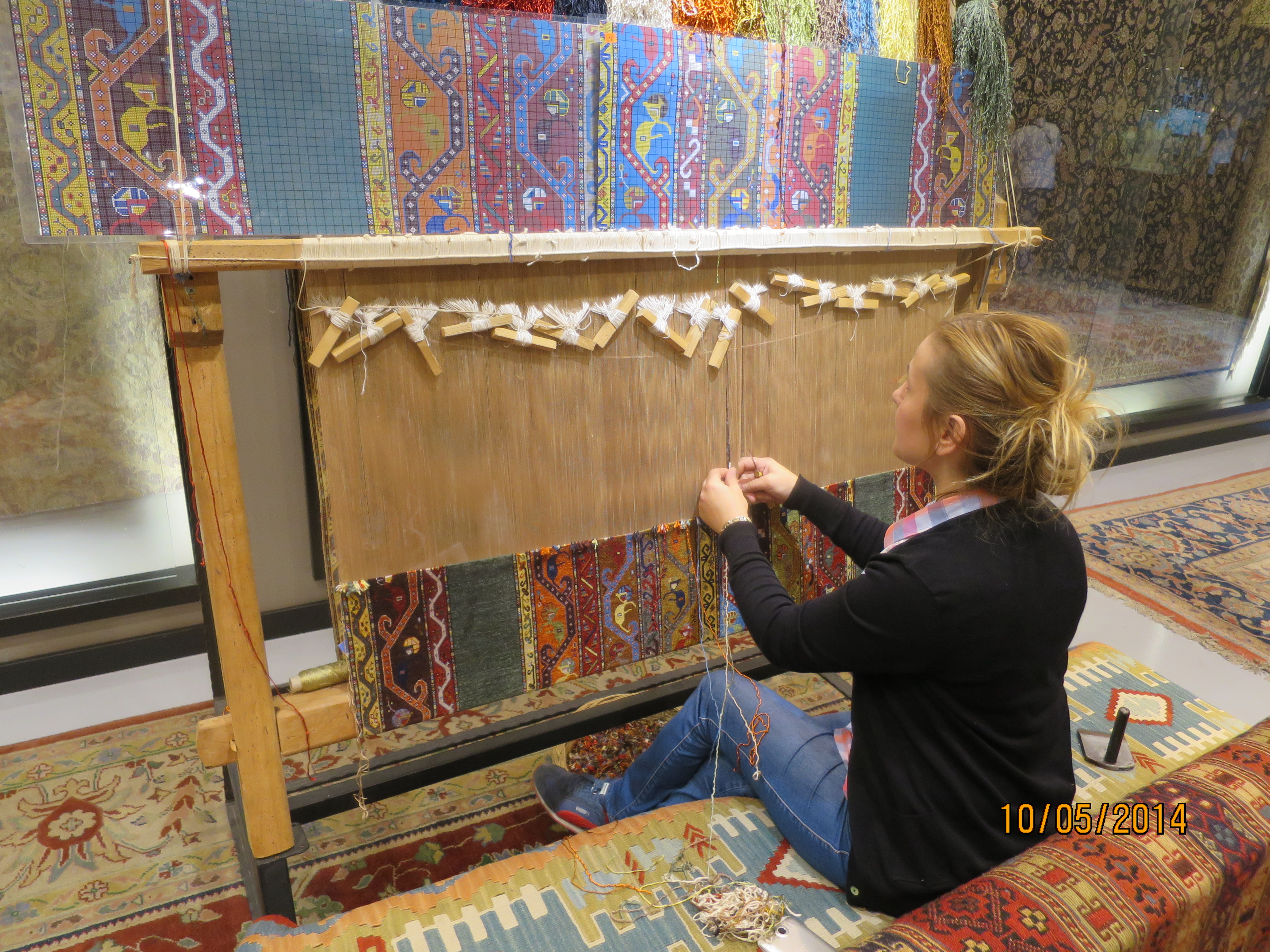
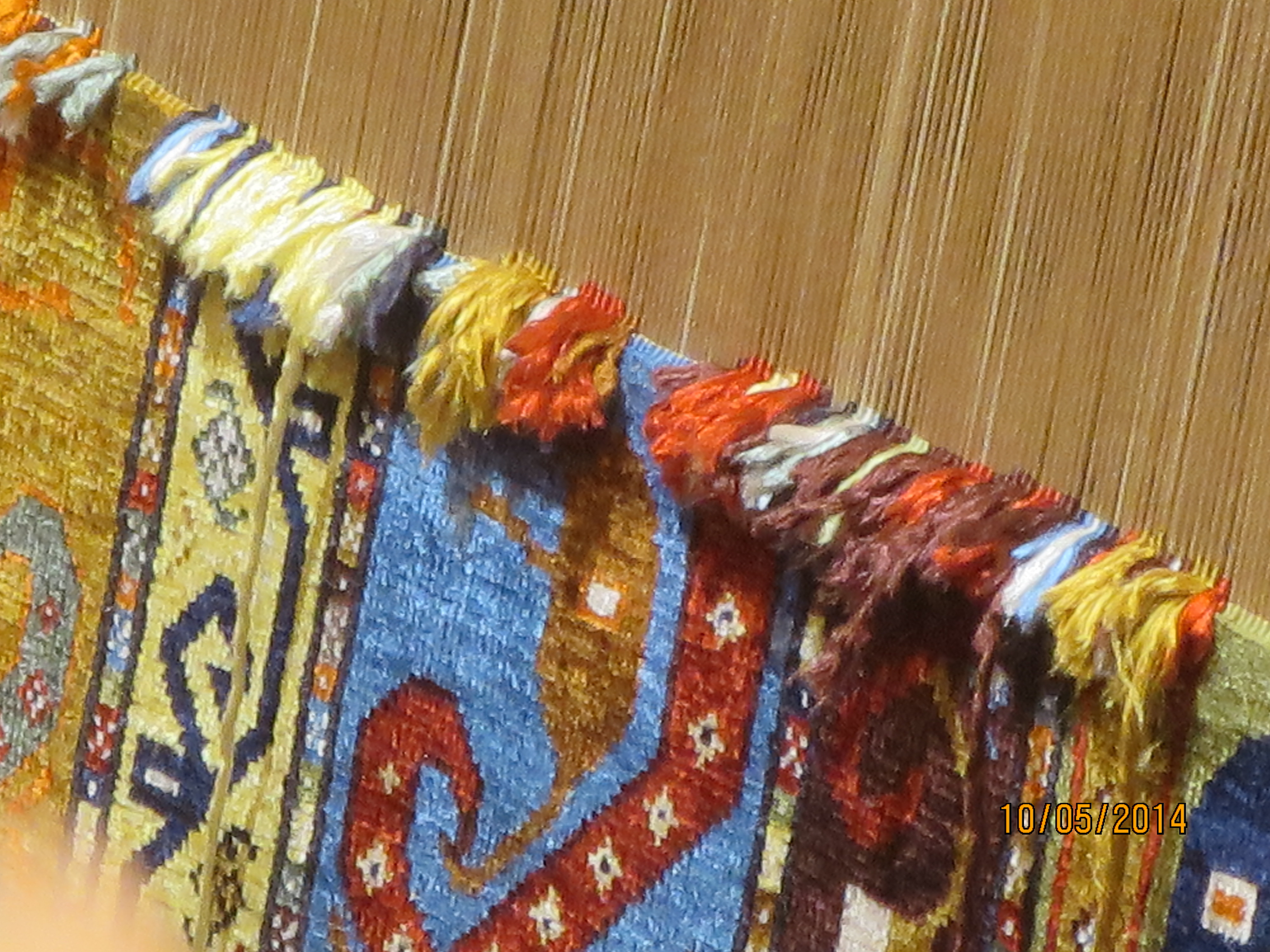
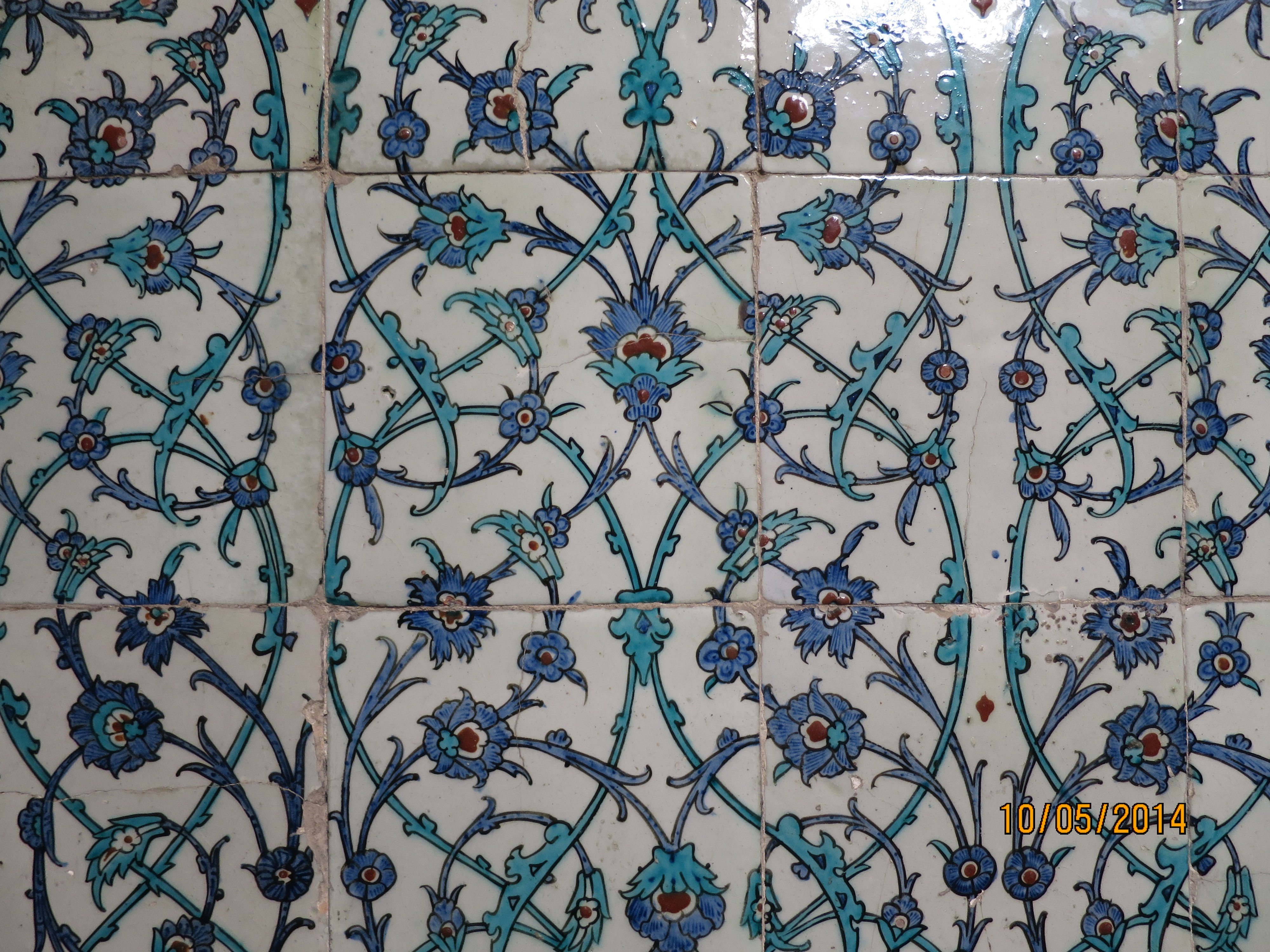
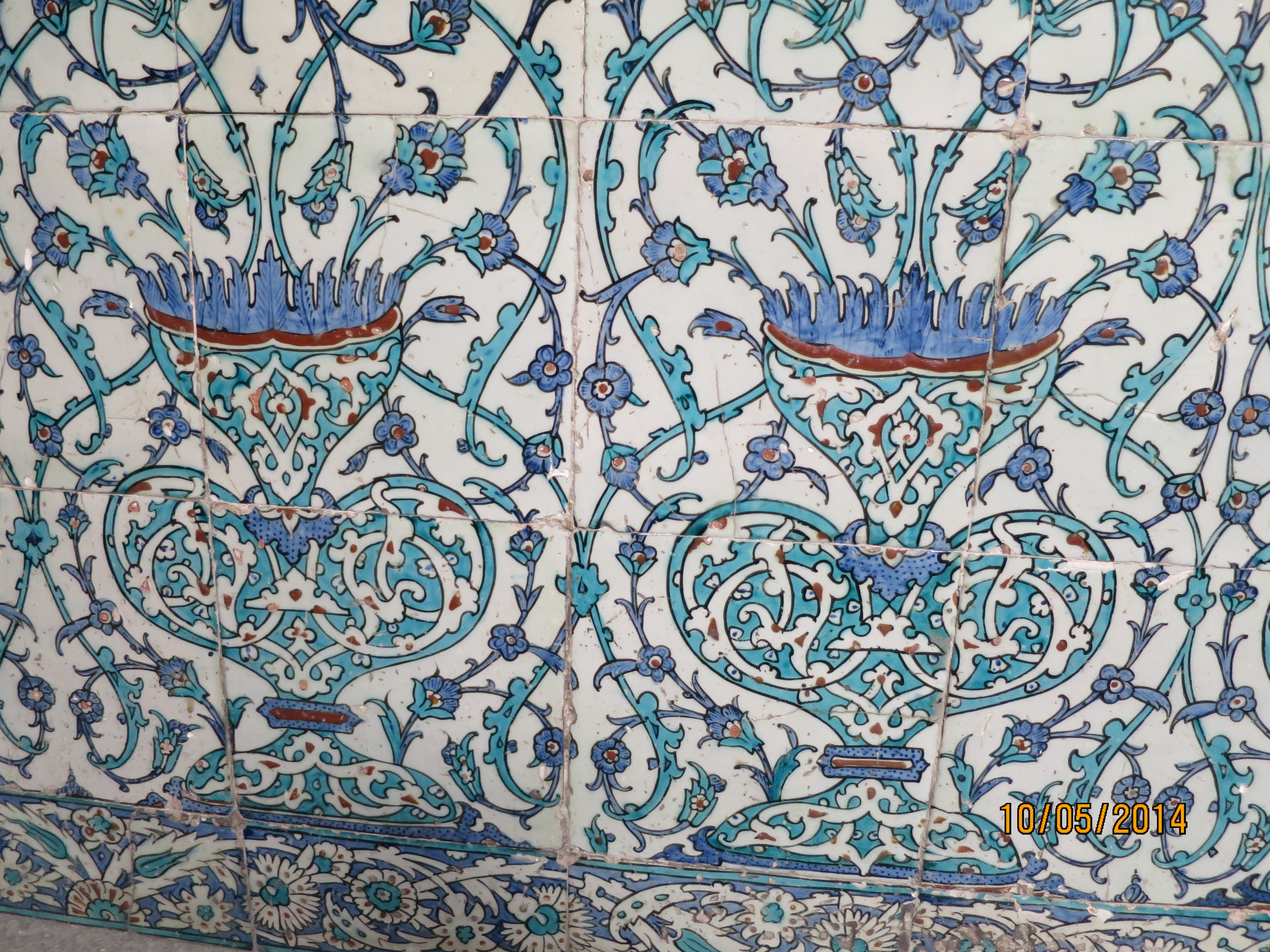
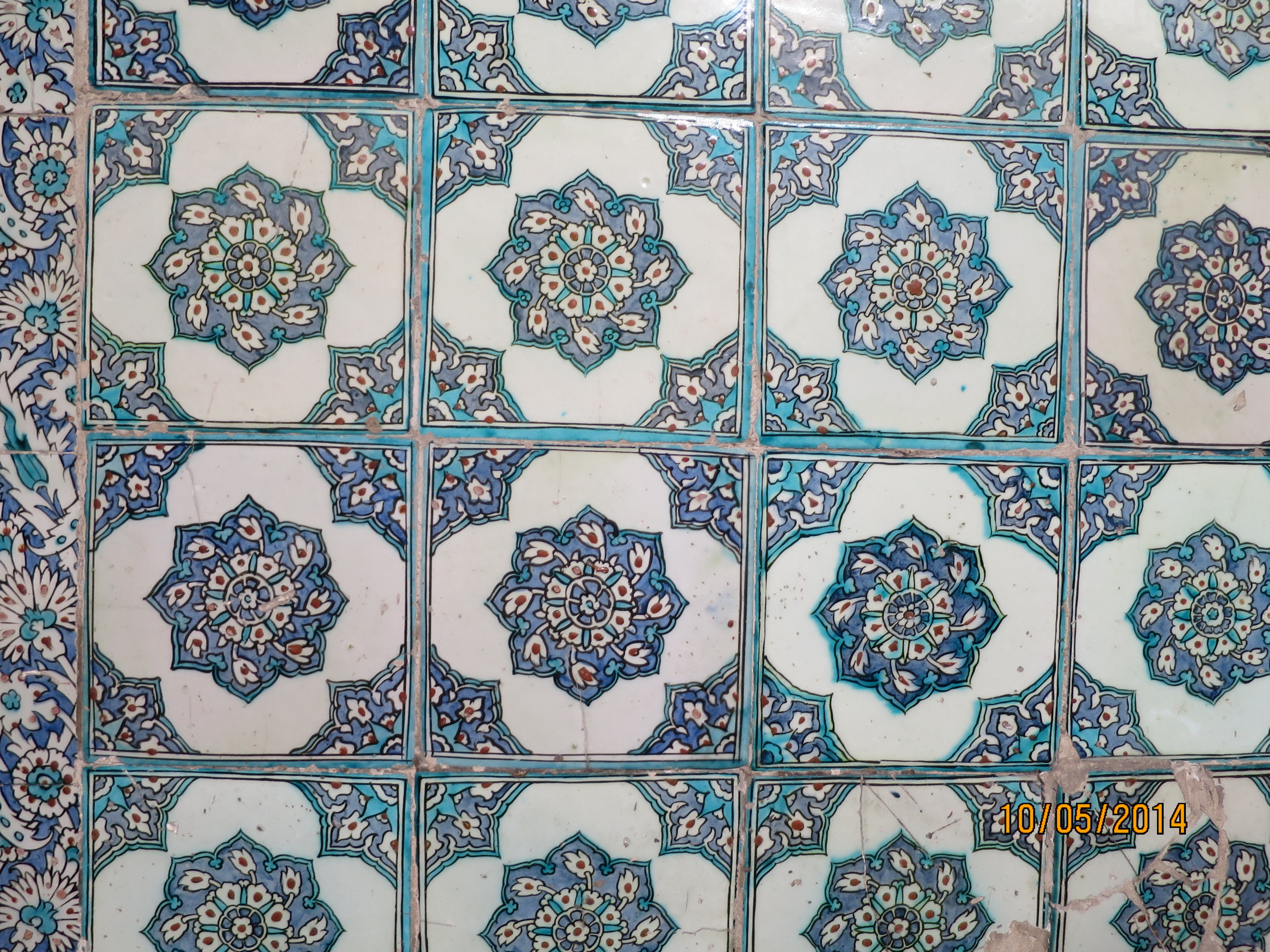
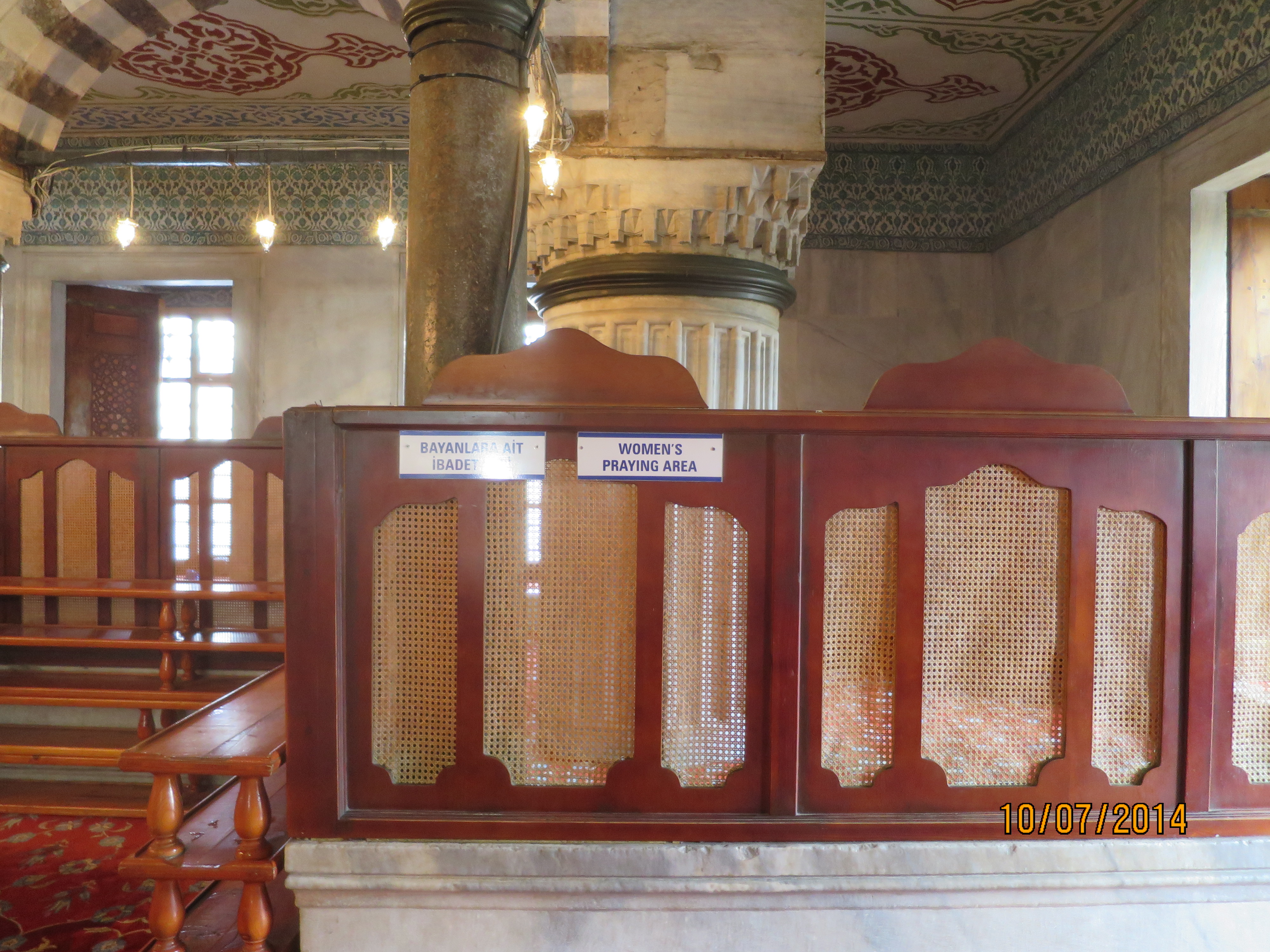
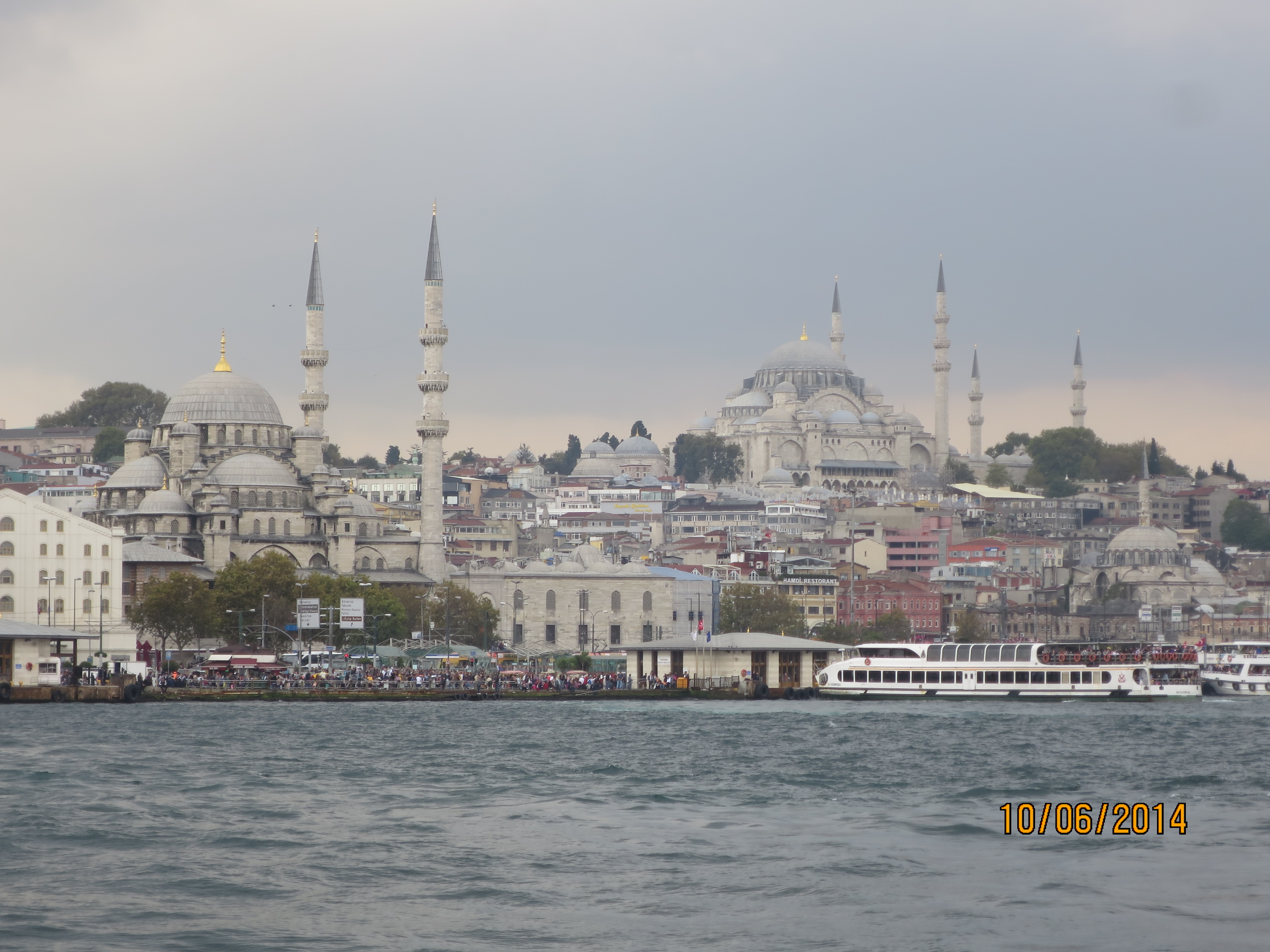
Beautiful photos again Bob!
The way they display the fruit is so beautiful. And there really is such a thing as a whirling dervish!!